
Visit and attractions in Opole
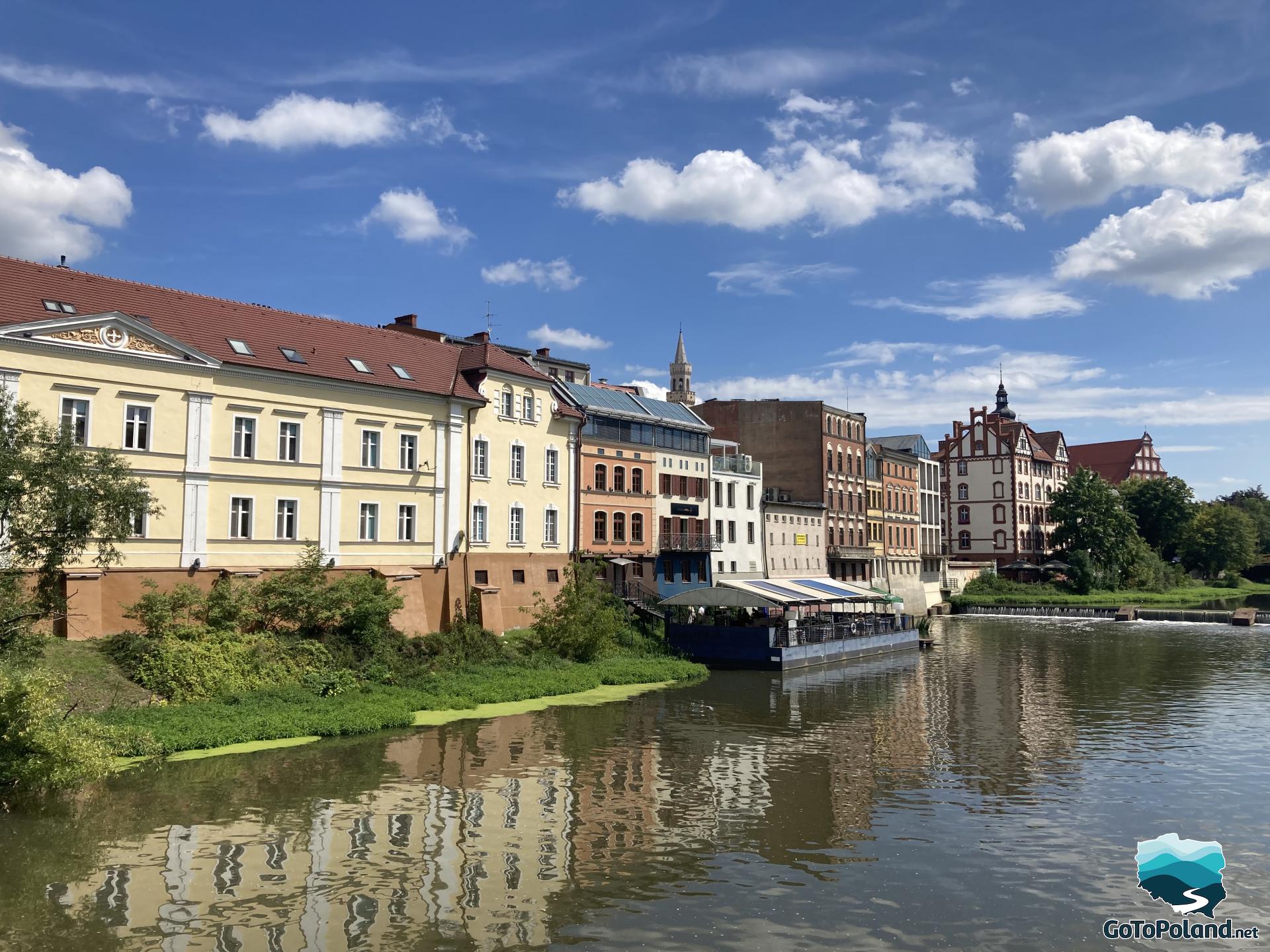
Opole came out completely spontaneously. We came back from Olsztyn and the specter of spending Saturday and Sunday in our flat, within four walls, simply overwhelmed me. What's more beautiful weather was also predicted. And since I've never been to Opole, I decided to use the situation and one of the last holiday weekends (although it cost us 2 fines on the motorway - there and back - but ..... you only live once).
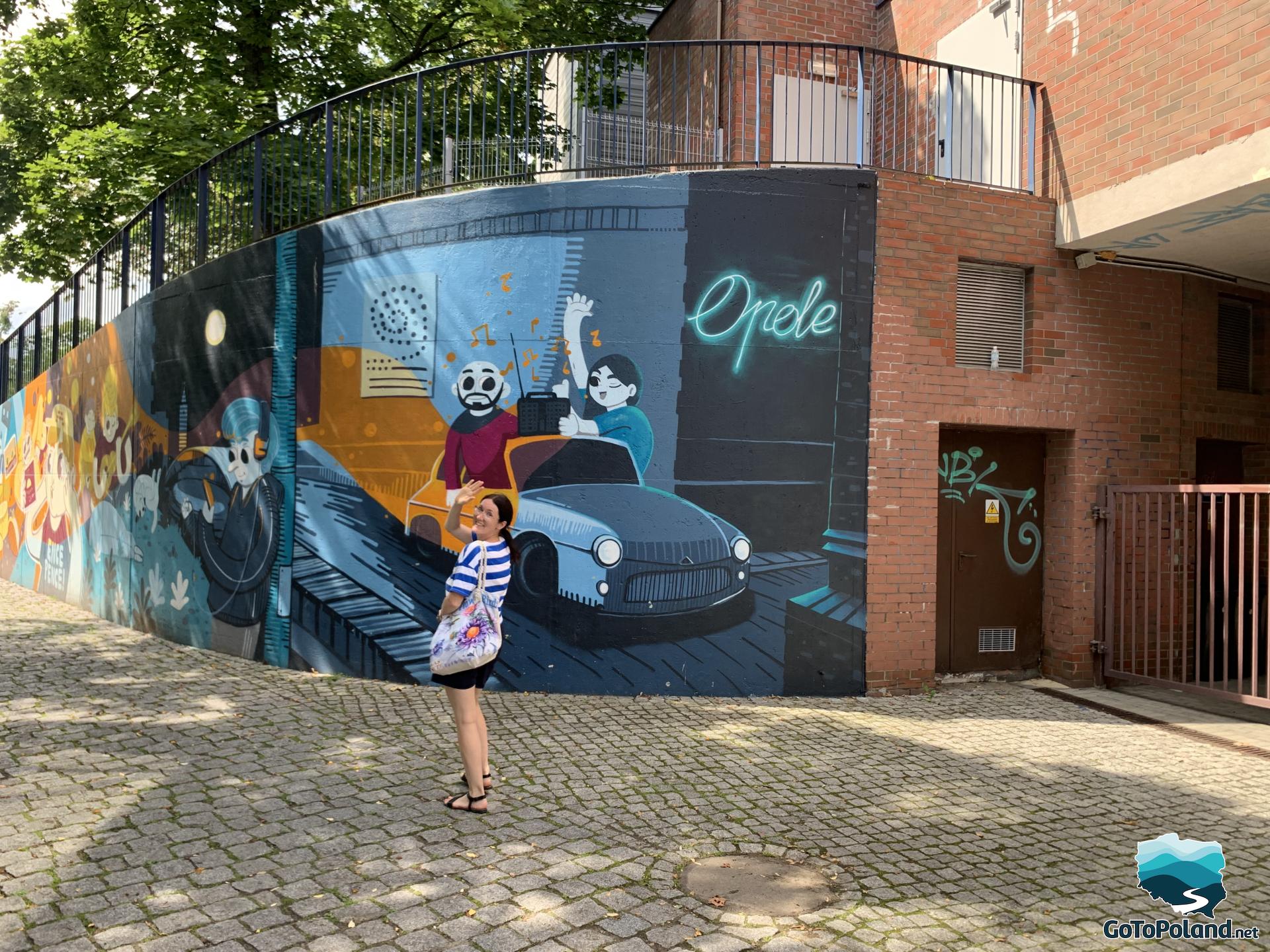
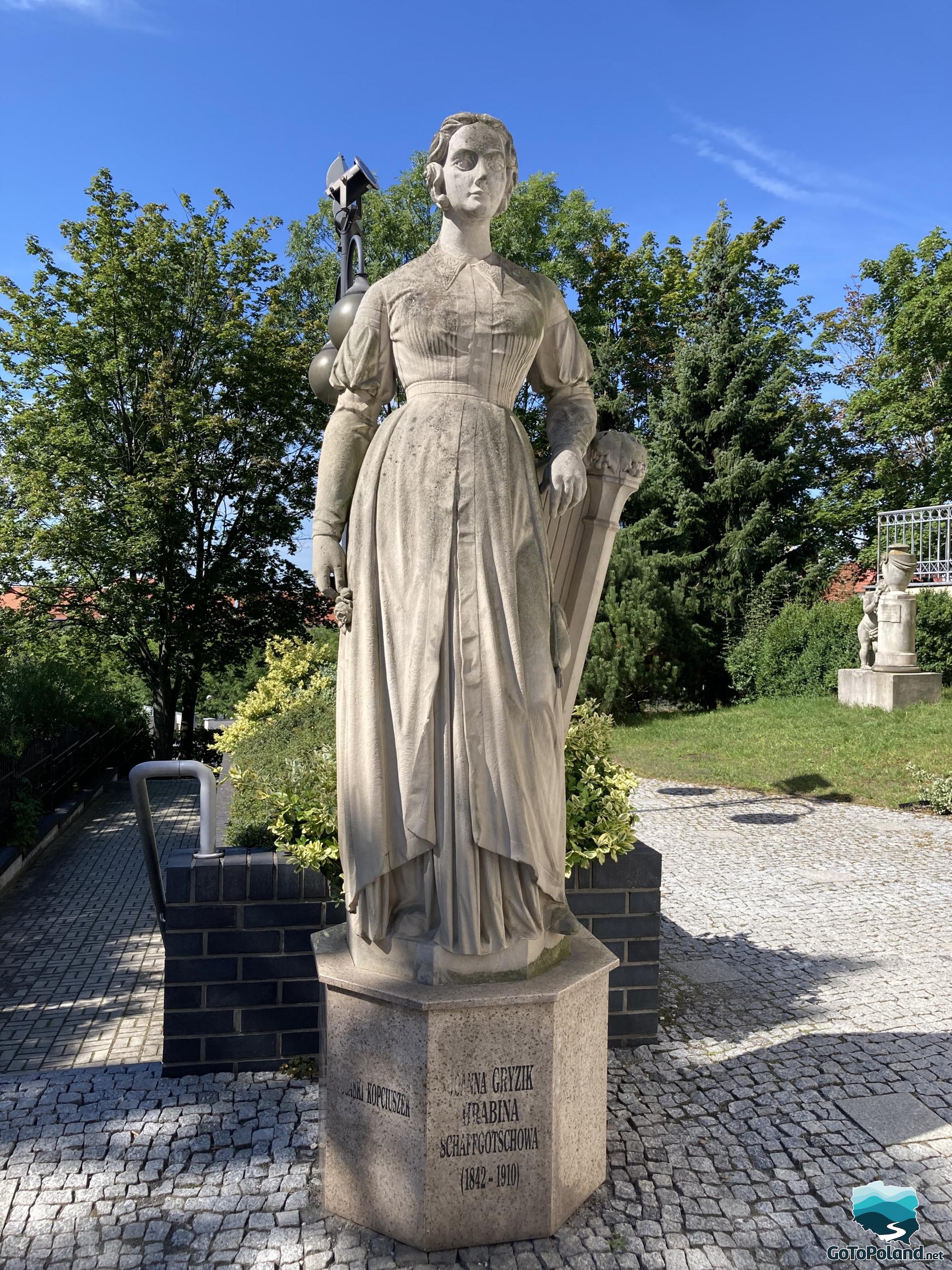
As I am a woman who tries not to waste opportunities, I decided that we will also go to the wonderful castle in Moszna (which I have wanted to visit for a long time, and which is located near Opole).
Opole, located in the valley of the Odra River, is one of the oldest cities and the capital of the smallest voivodship in Poland. It is here that the famous festival of Polish songs takes place every year. It is also worth visiting the Opole zoo, Bolko Island and Pasieka Island, climbing the Piast Tower whose observation deck is 42 meters high, eating delicious ice cream in a cafe with traditions since 1988 or taking a walk around the famous Venice of Opole. I was personally impressed by the Franciscan Church and the University Hill. It was a fantastic day, I came back fully satisfied.
More information about Opole you can find on Wikipedia
How far is it from Warsaw to Opole?
The distance from Warsaw to Opole is 312 km.
We started our tour of Opole from the Opole Philharmonic named after Józef Elsner, a composer who was also Fryderyk Chopin's teacher.
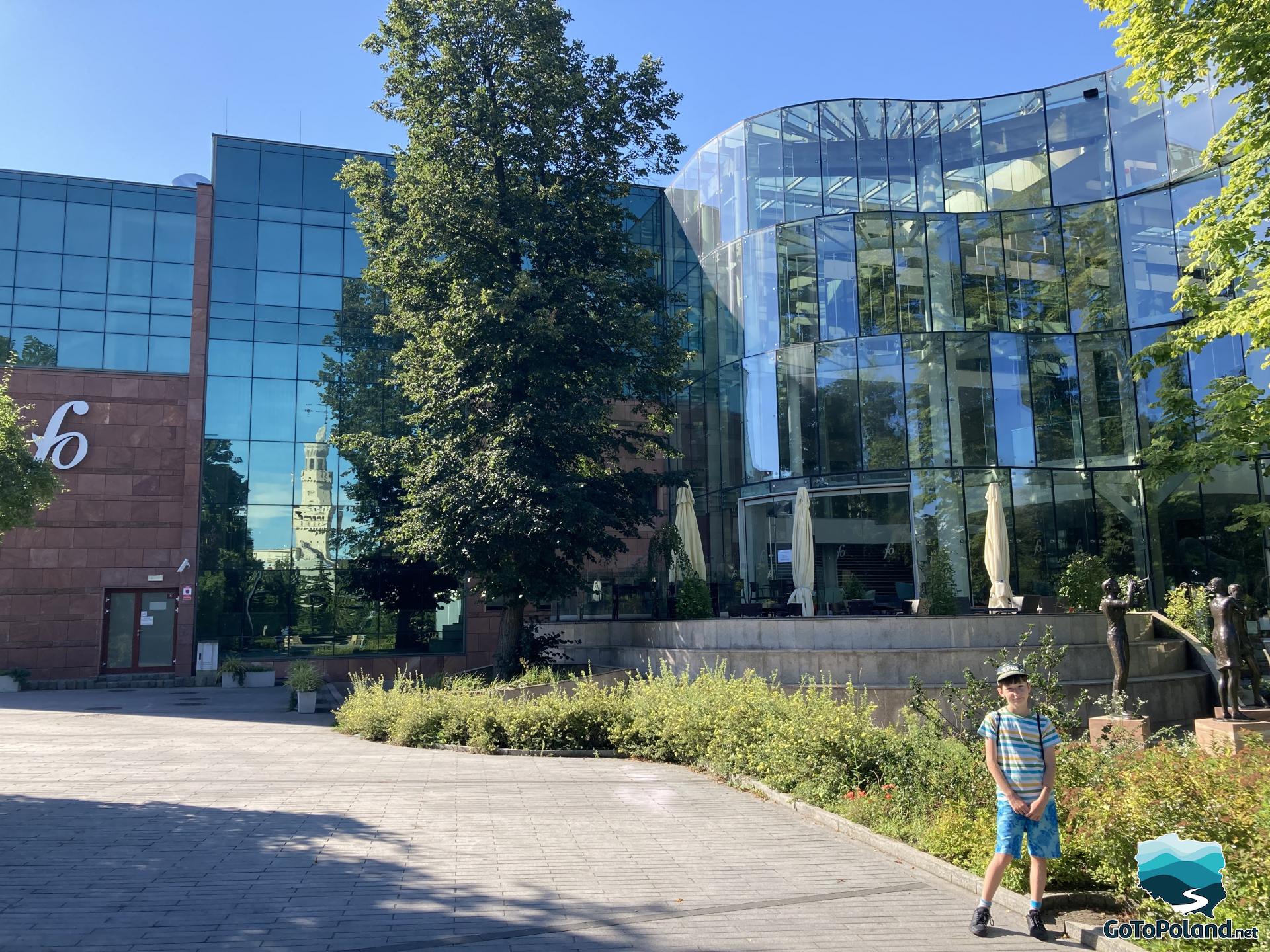

The fountain was built in the 1950s and its designer was Florian Jesionowski. It symbolizes a dancing butterfly and is decorated with a colorful mosaic.
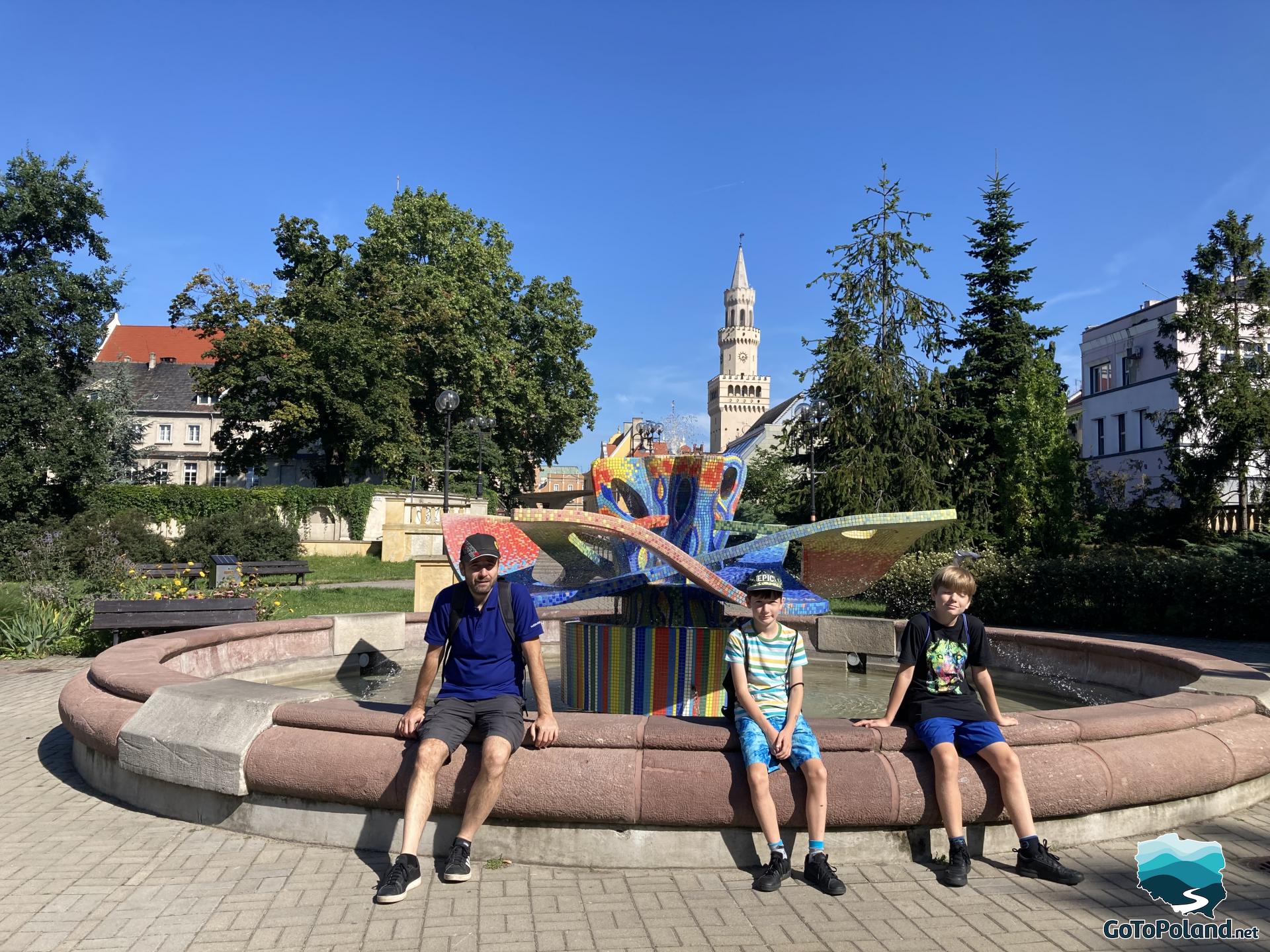
Near the Freedom Park and the Opole Philharmonic, there is the Monument to the Fighters for Polishness of Opole Silesia, called the Opole Nike. It shows Nike with spread wings (symbolizing victory and freedom), standing on a bison. The height of the monument is 15 m. Near the monument some national holidays take place.
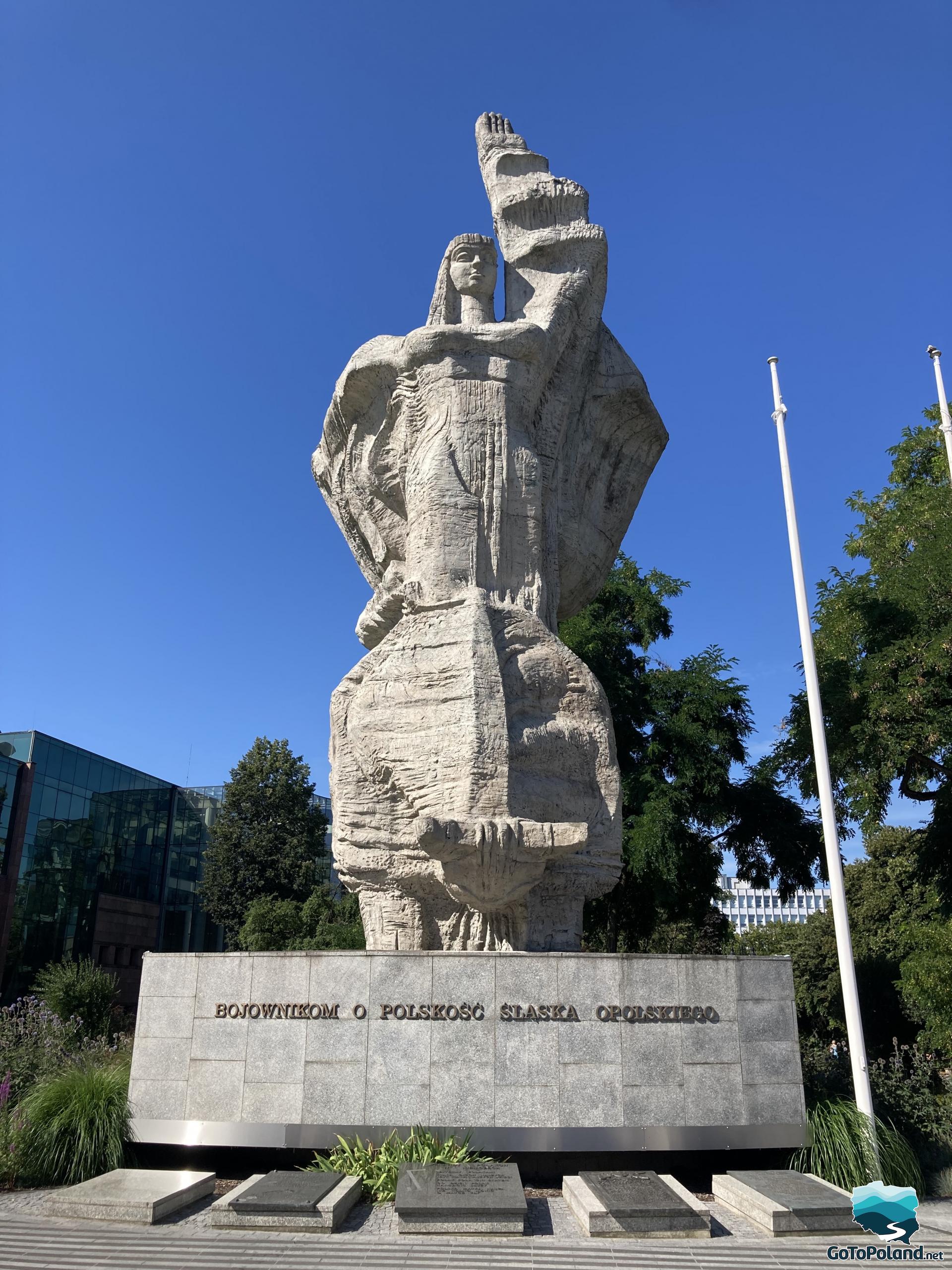
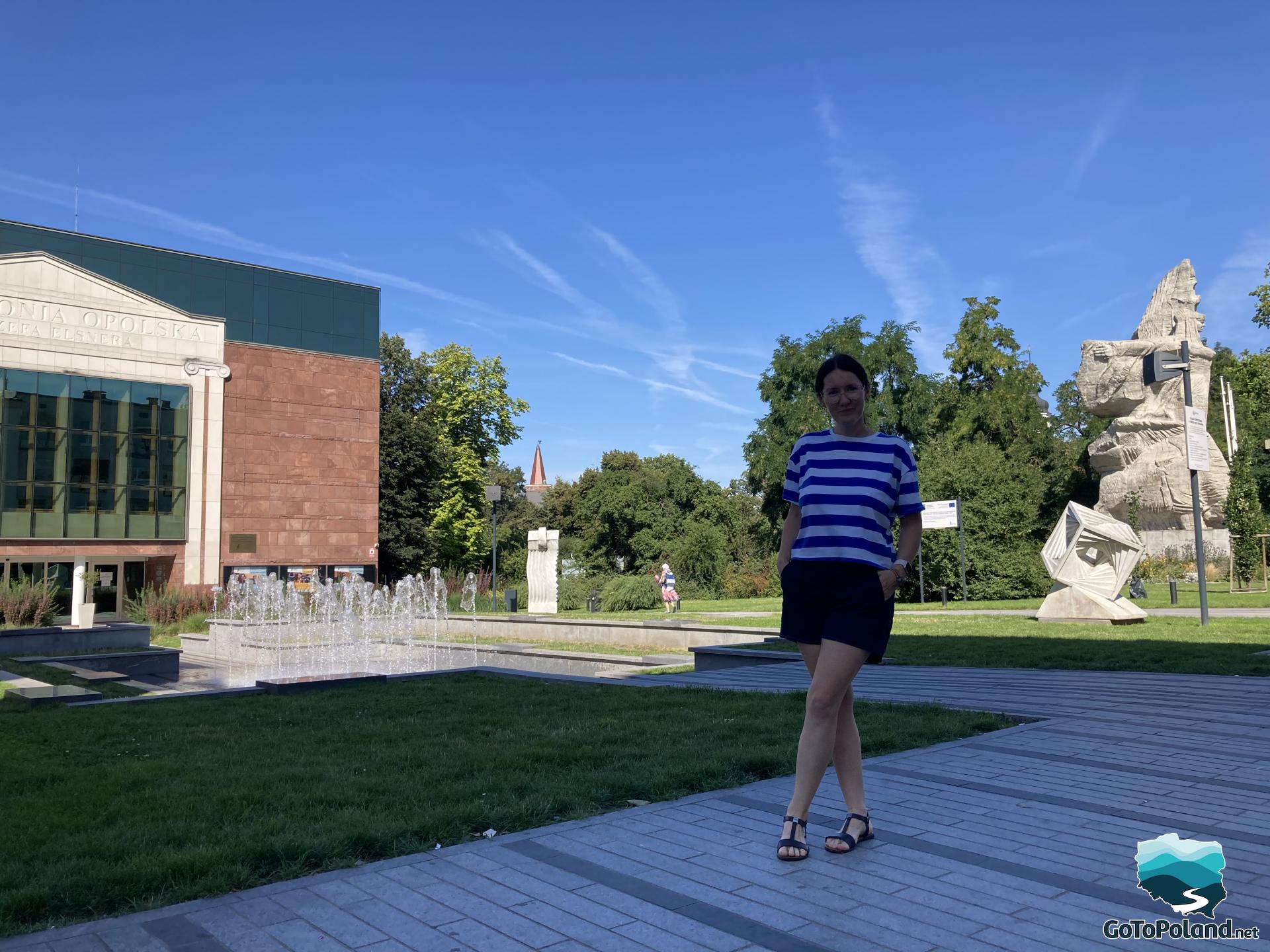
Opole's Ceres is the common name of the Art Nouveau fountain from 1907, located on Daszyńskiego Square in Opole. At the top of the fountain is a statue of Ceres, the goddess of harvest, and at her feet you can see several figures that are allegories of Opole's industry, fishing and agriculture. Around the fountain is an inscription in German: "Civic faithfulness and diligence are the rejuvenating source of the good German soul."
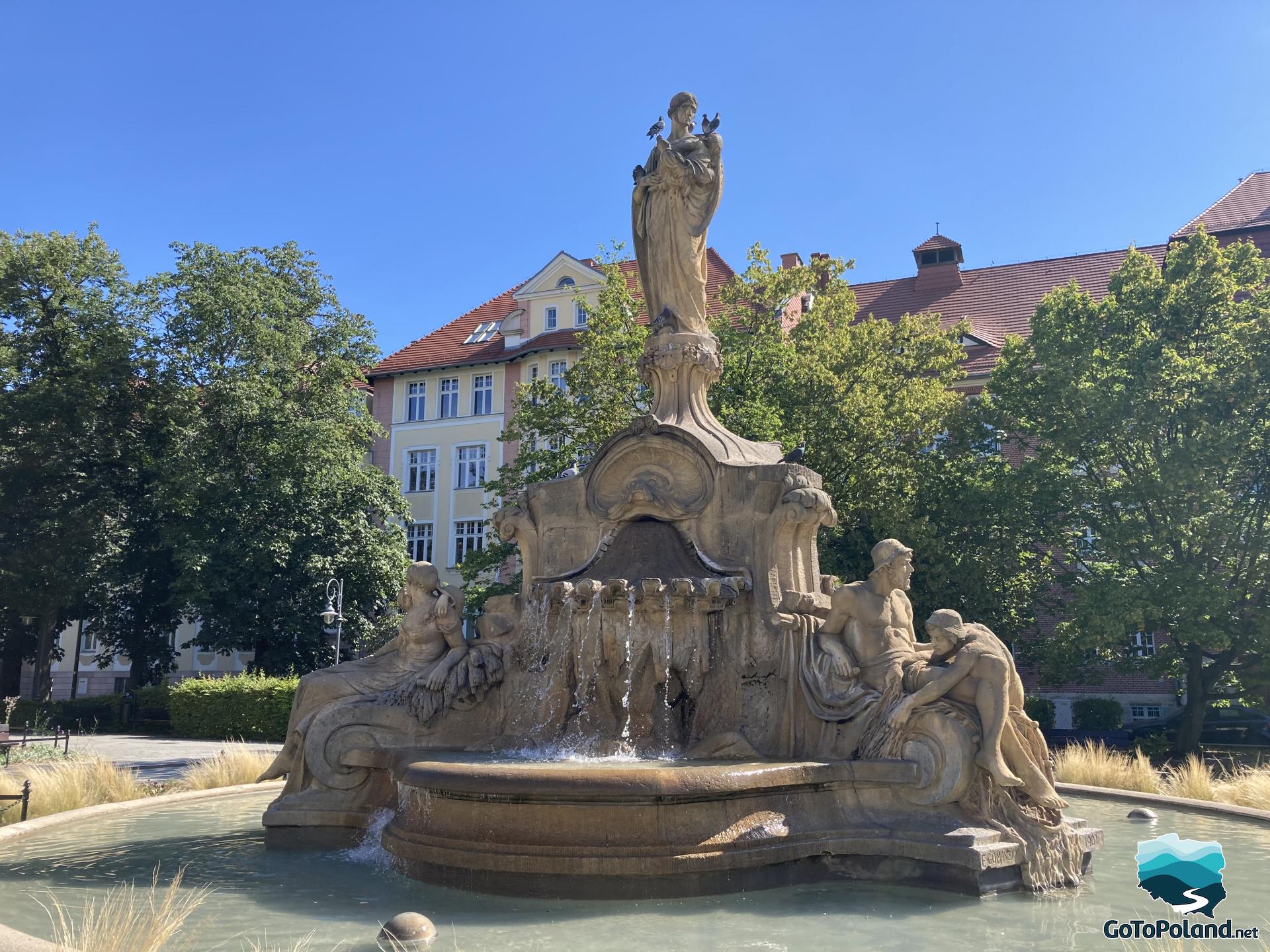
The Church of Our Lady of Sorrows and Saint Adalbert is the oldest church in Opole, built in the 10th century. It is here, according to legend, that Bishop Wojciech preached his passionate sermons.
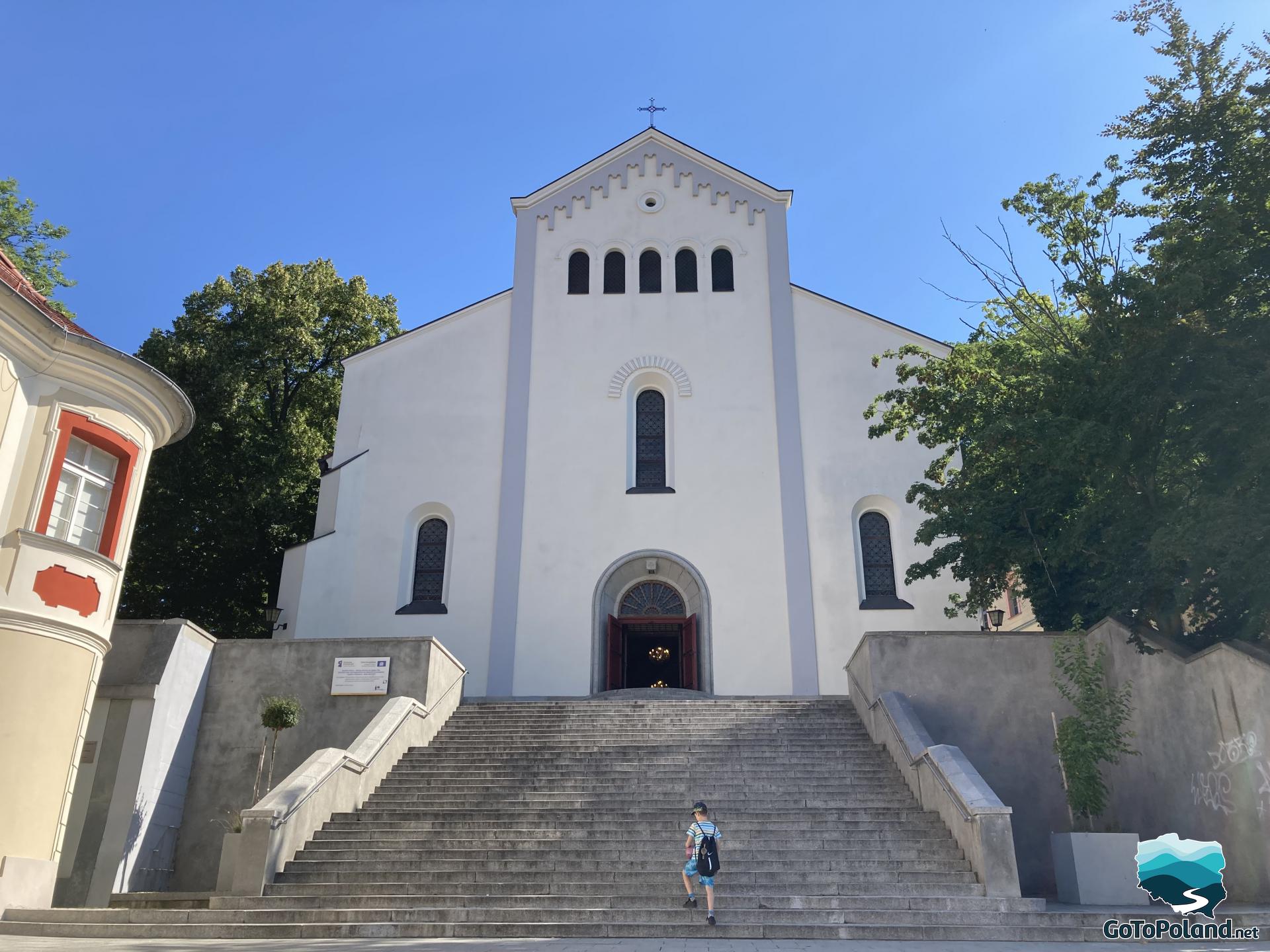
Bishop Adalbert preached sermons with such fervour that his footprints were imprinted on the stone on which he stood.
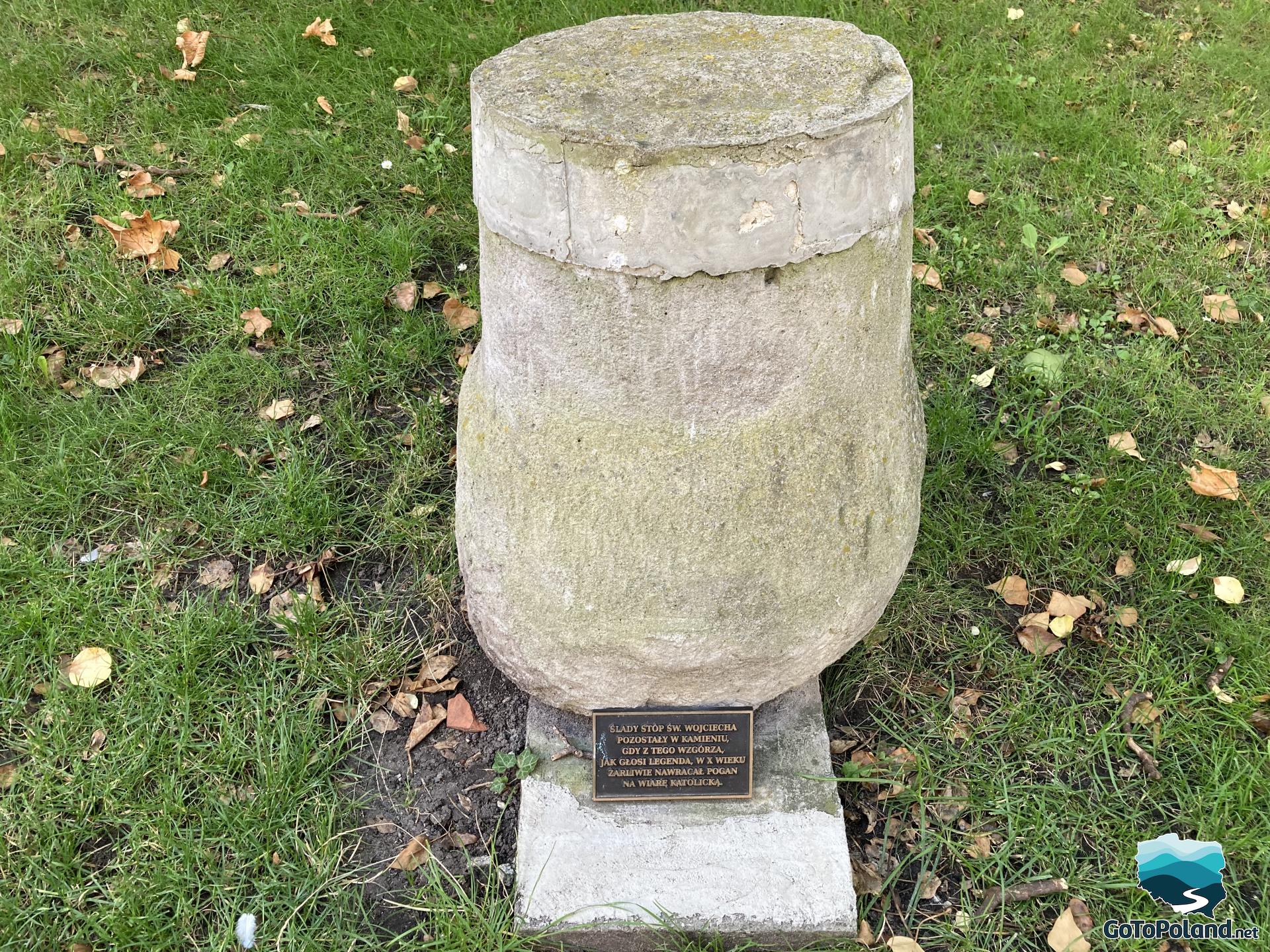
And when, on the hill where the church stands today ran out of water for baptism, the missionary struck a rock with his cane and a miraculous spring gushed out. To this day, there is a St Adalbert's well at the back of the University of Opole.

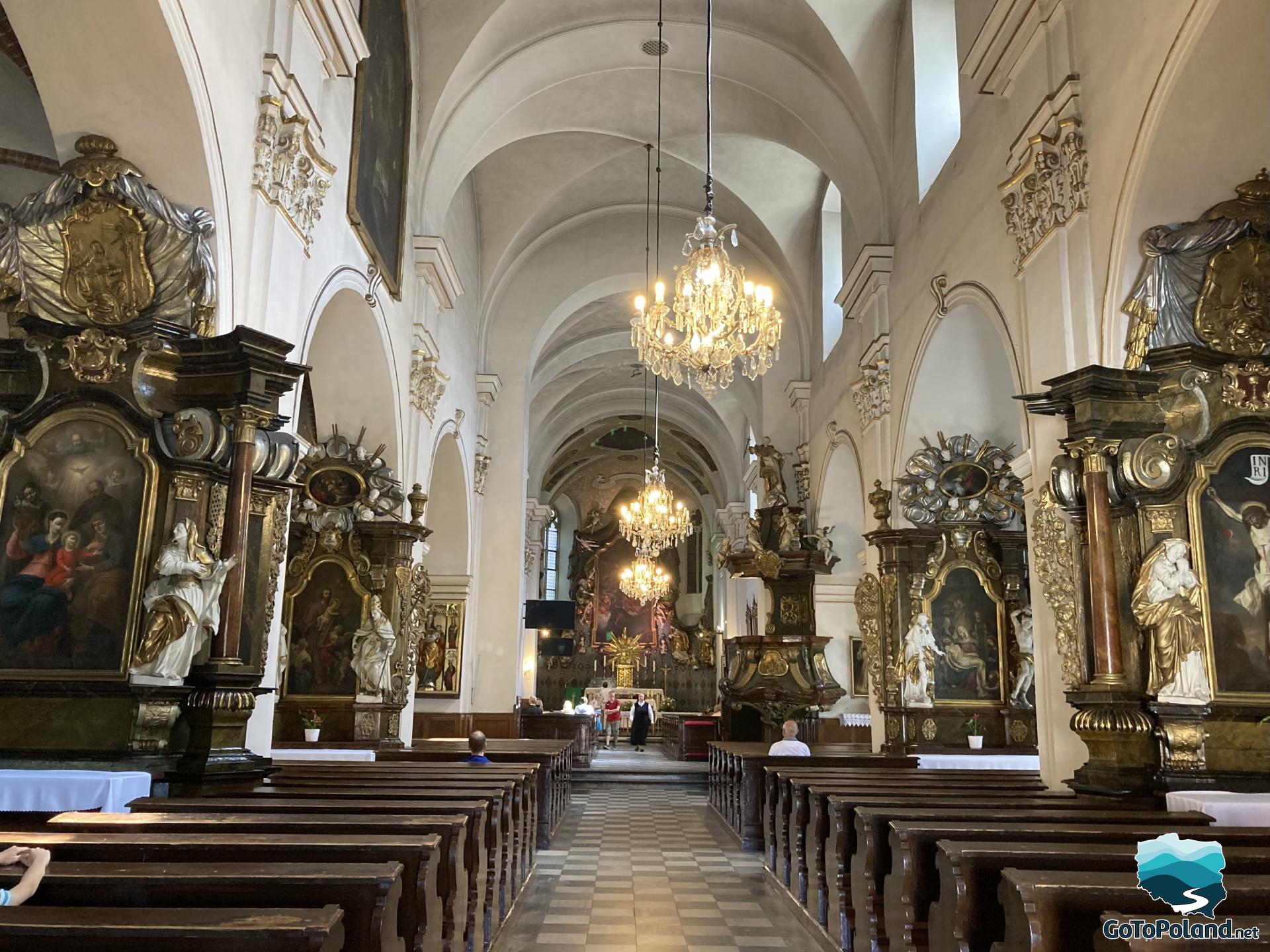
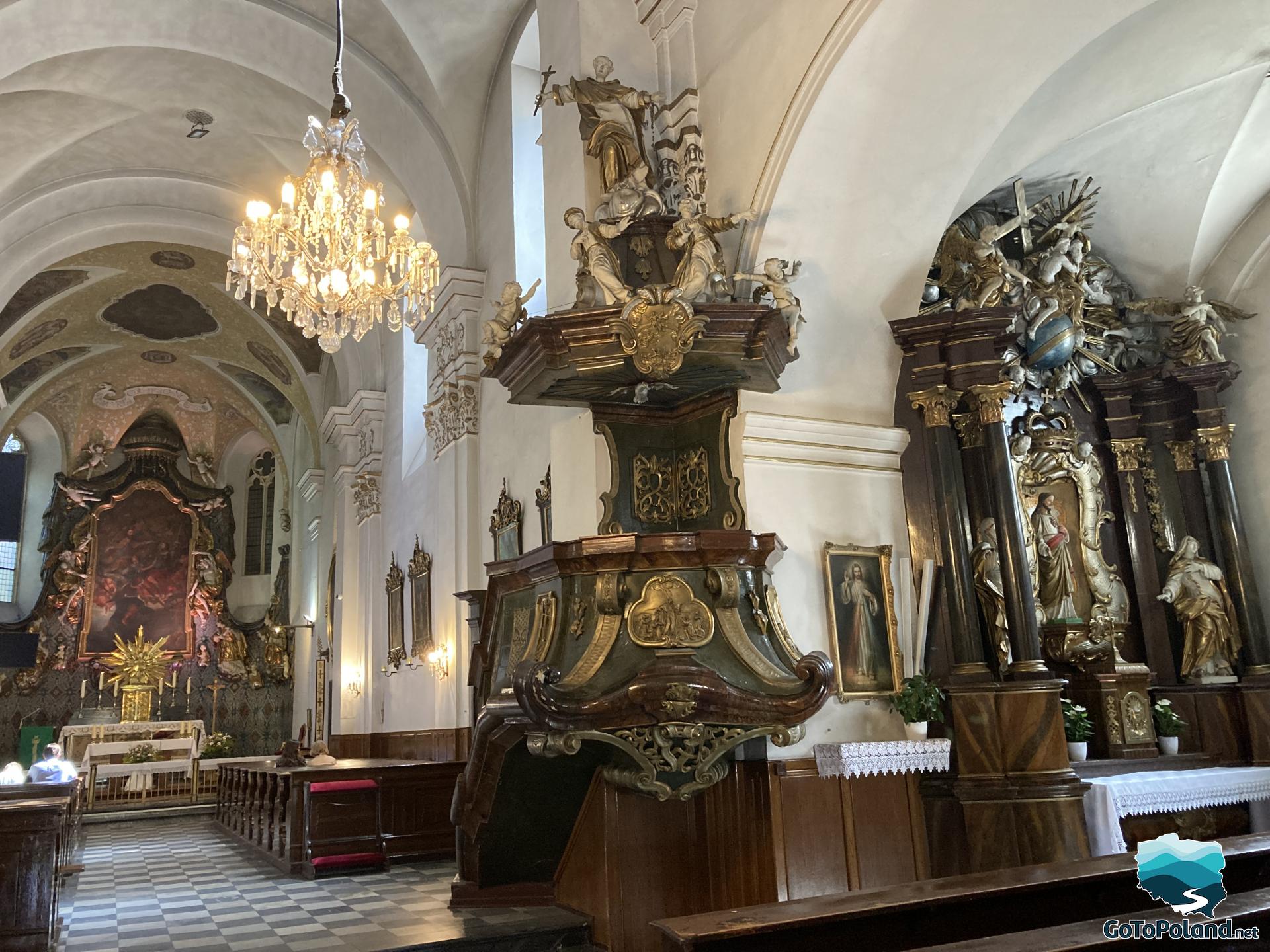
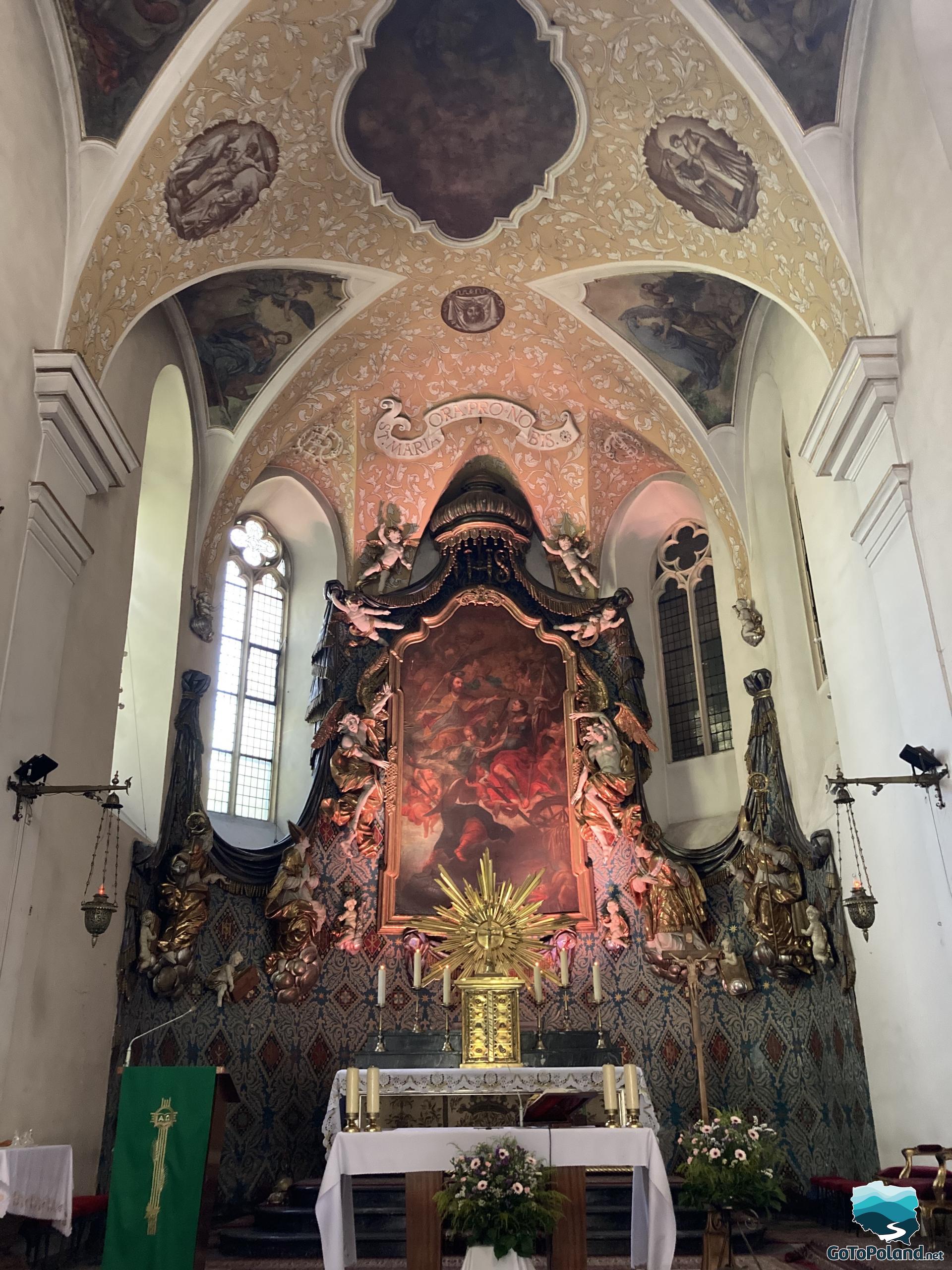 | 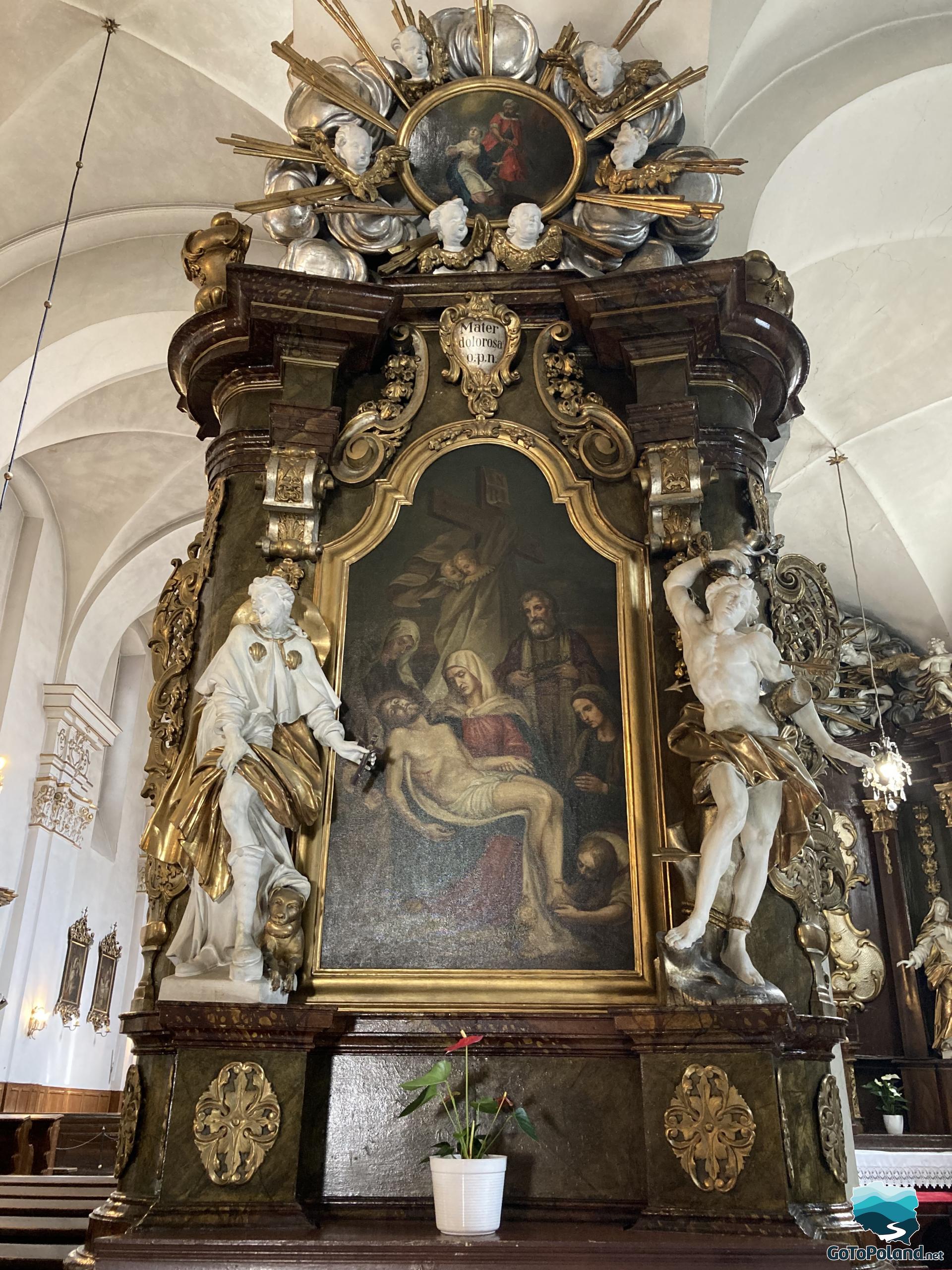 |
On the University Hill in Opole you can also see a number of sculptures (mainly stone). In the foreground we can admire a wonderfully reconstructed, very rare set of Baroque sculptures depicting the "Four Seasons". Their author was the outstanding 18th-century Silesian sculptor Henryk Hartmann. The sculptures are life-size and are the personification of the four seasons: Spring - a young girl with garlands of flowers, Summer - a woman with a sheaf of grain under her arm, Autumn - a mature matron with a bunch of grapes in her hand and Winter - an old woman dressed in a fur-lined coat with her hands hidden in her sleeves. The statues survived intact until 1945. Later, the process of their gradual destruction began. Vandals took off the figures' heads and hands and knocked them off their pedestals. It was only after they were handed over to the University of Opole, they underwent thorough reconstruction and can once again please the eye.
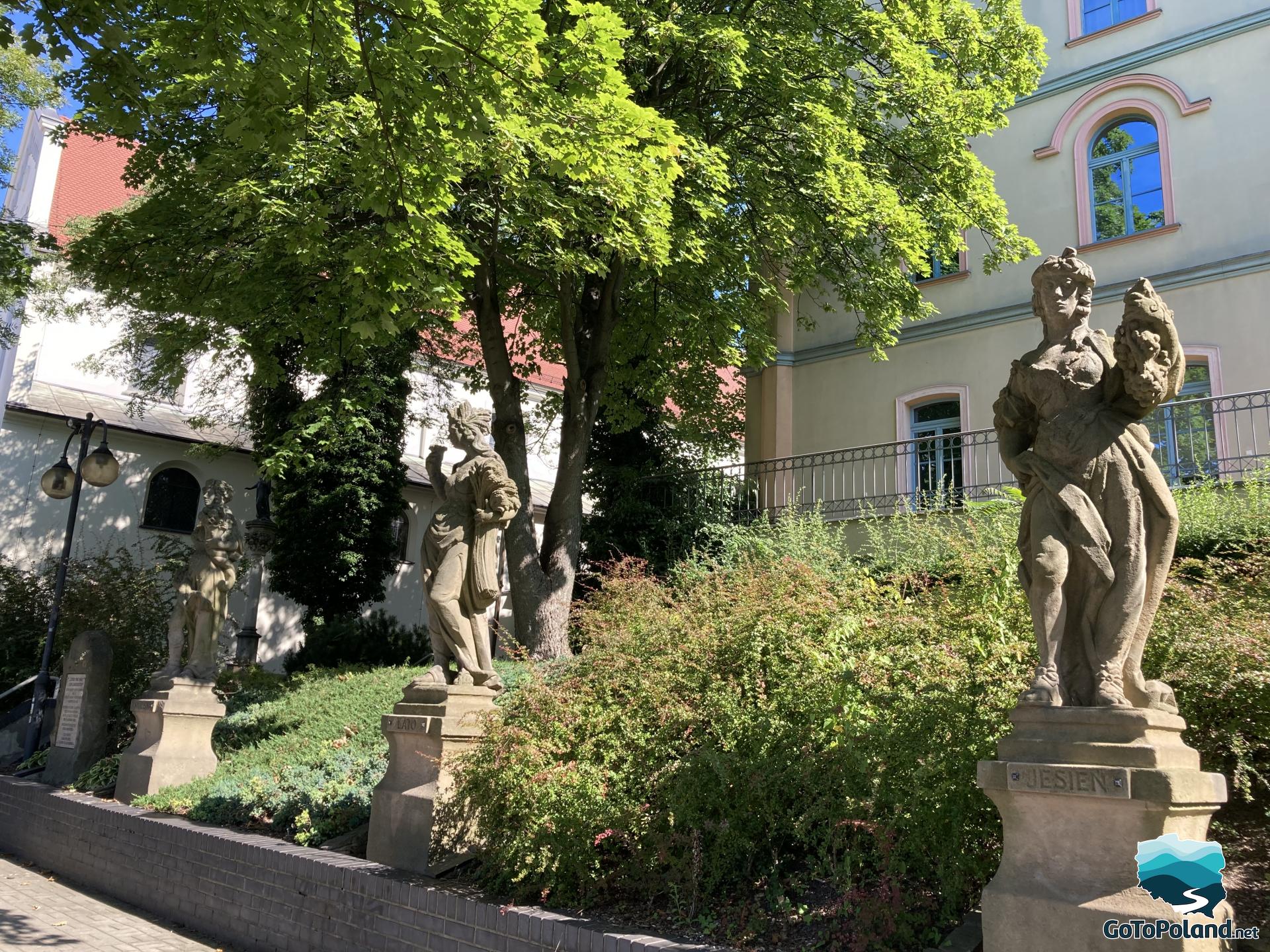

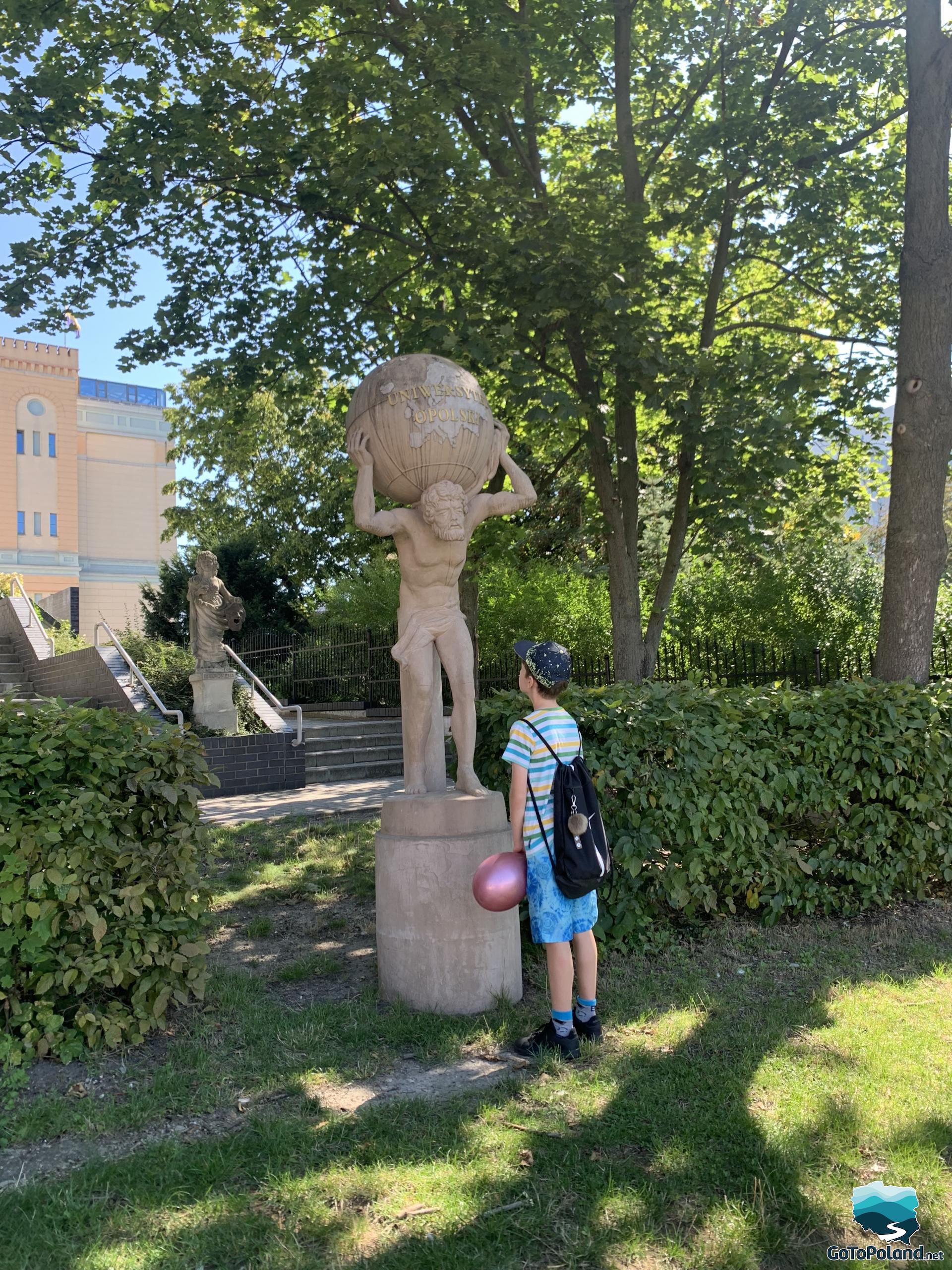
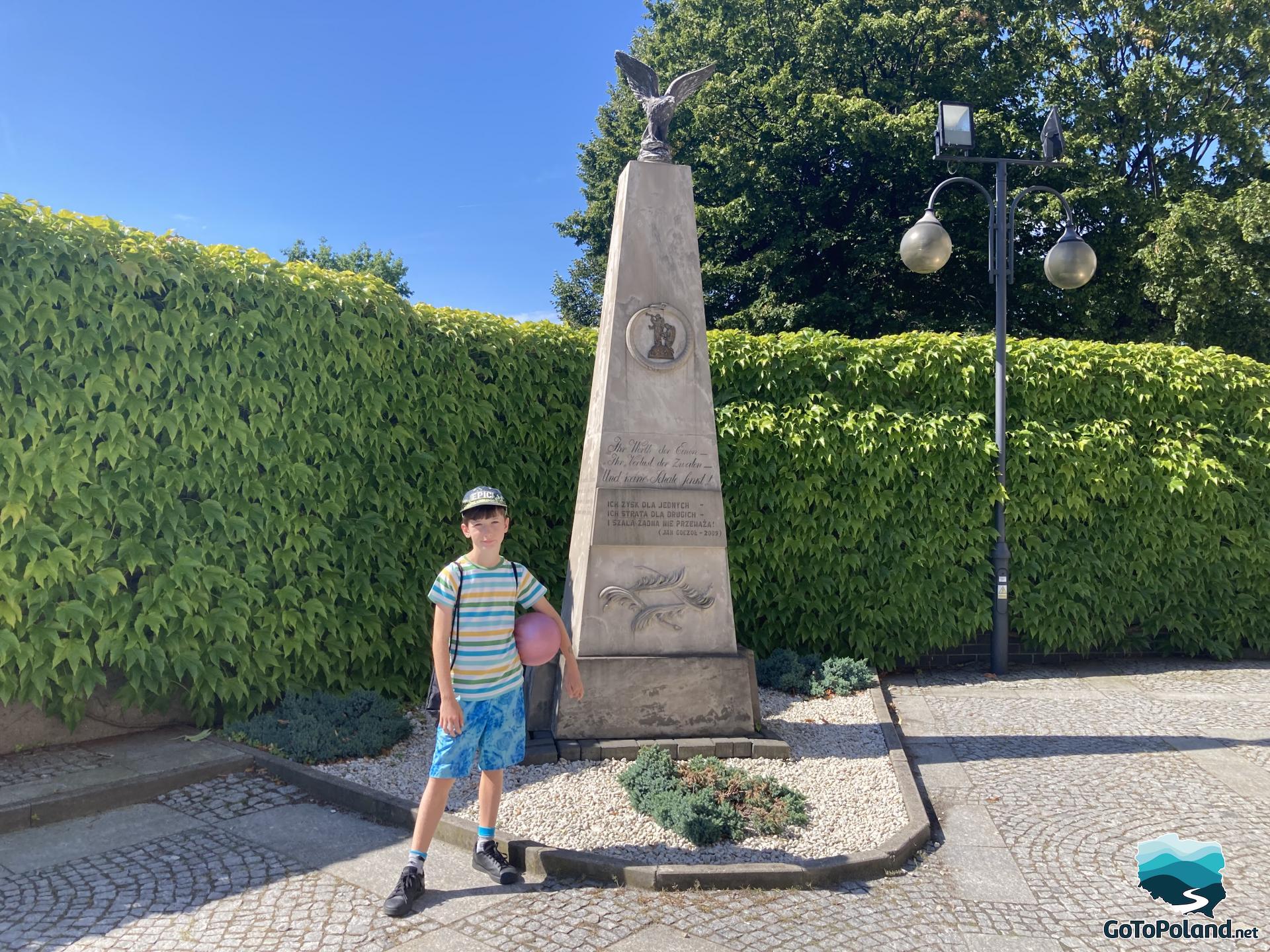
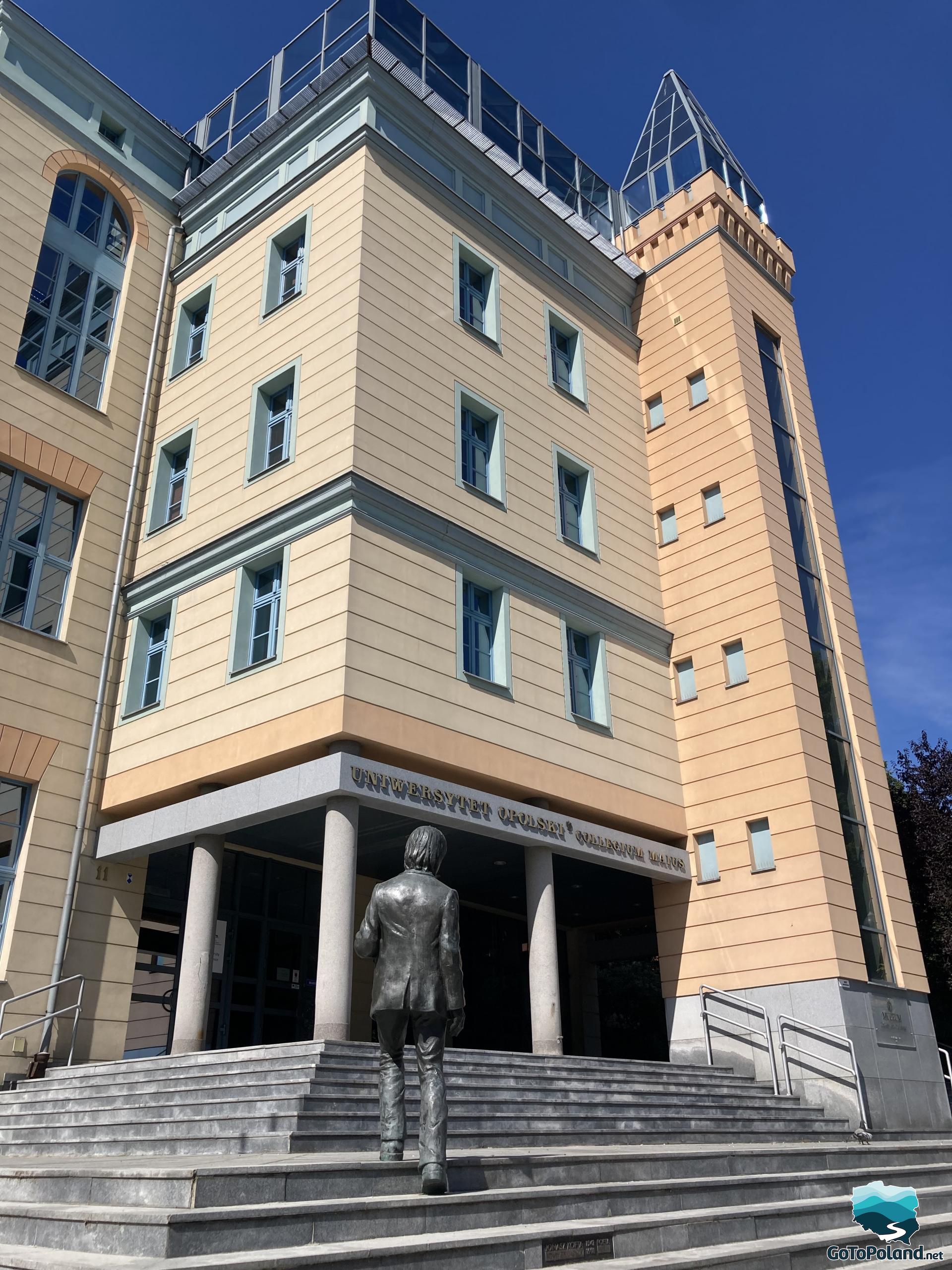
On the University Hill in Opole, there is the Artists' Square. There are modern portrait monuments presenting outstanding artists - poets, composers, singers and theater people who associated their artistic life with Opole and the National Festival of Polish Song held here every year. I was very enchanted by this place where we could relax in the shade of the trees on this sunny day. There was peace and quiet - a very charming place.


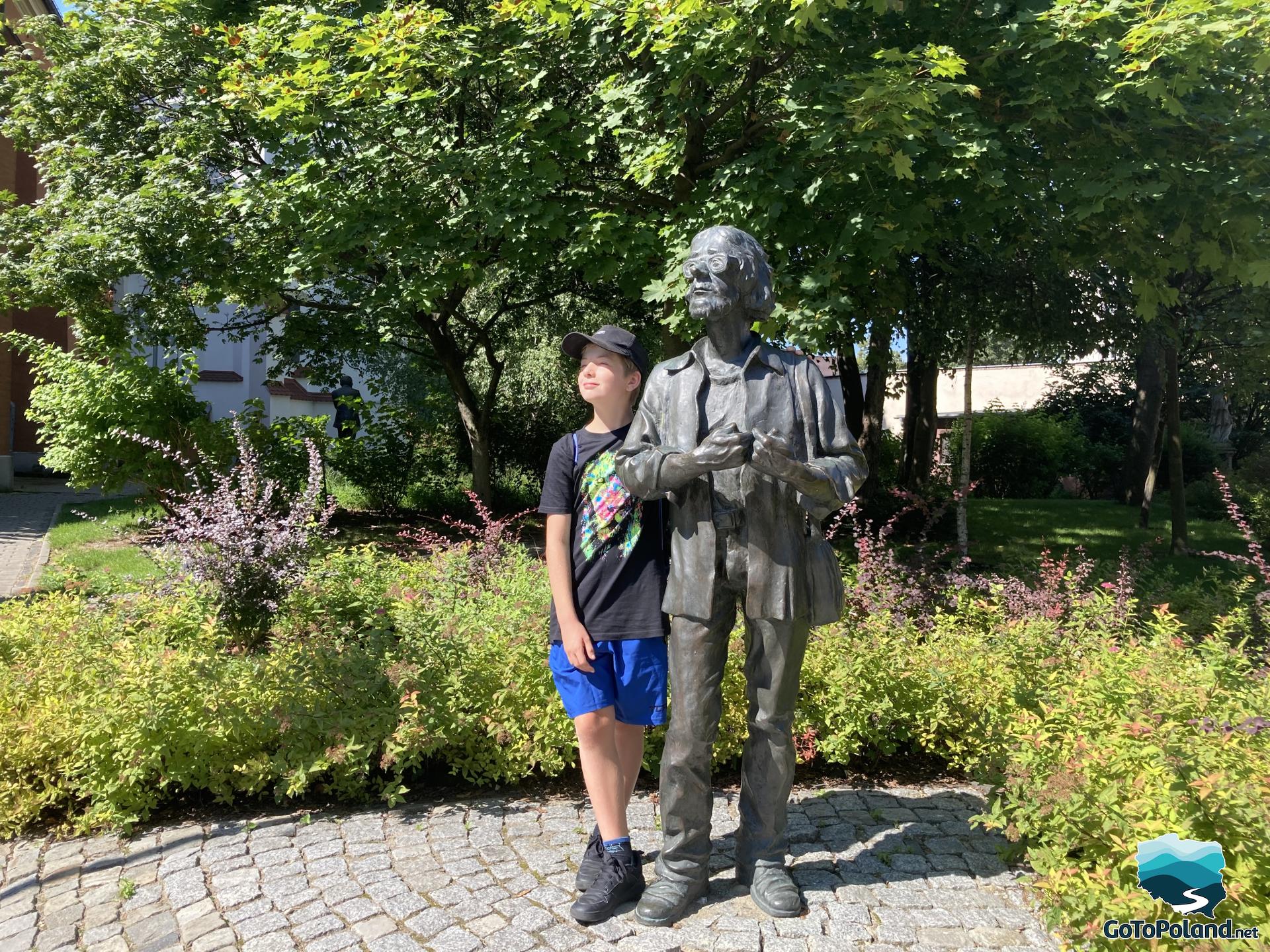
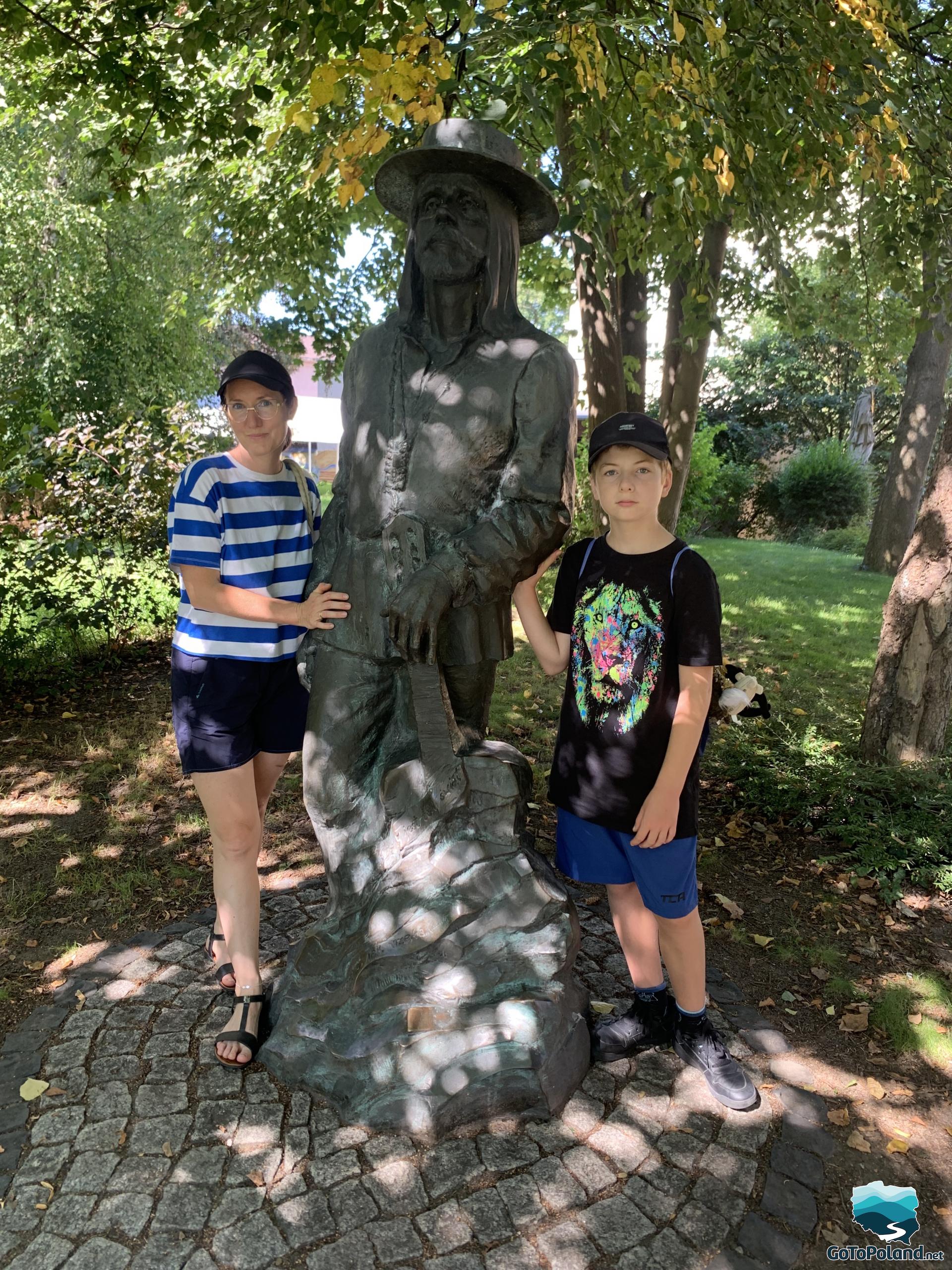
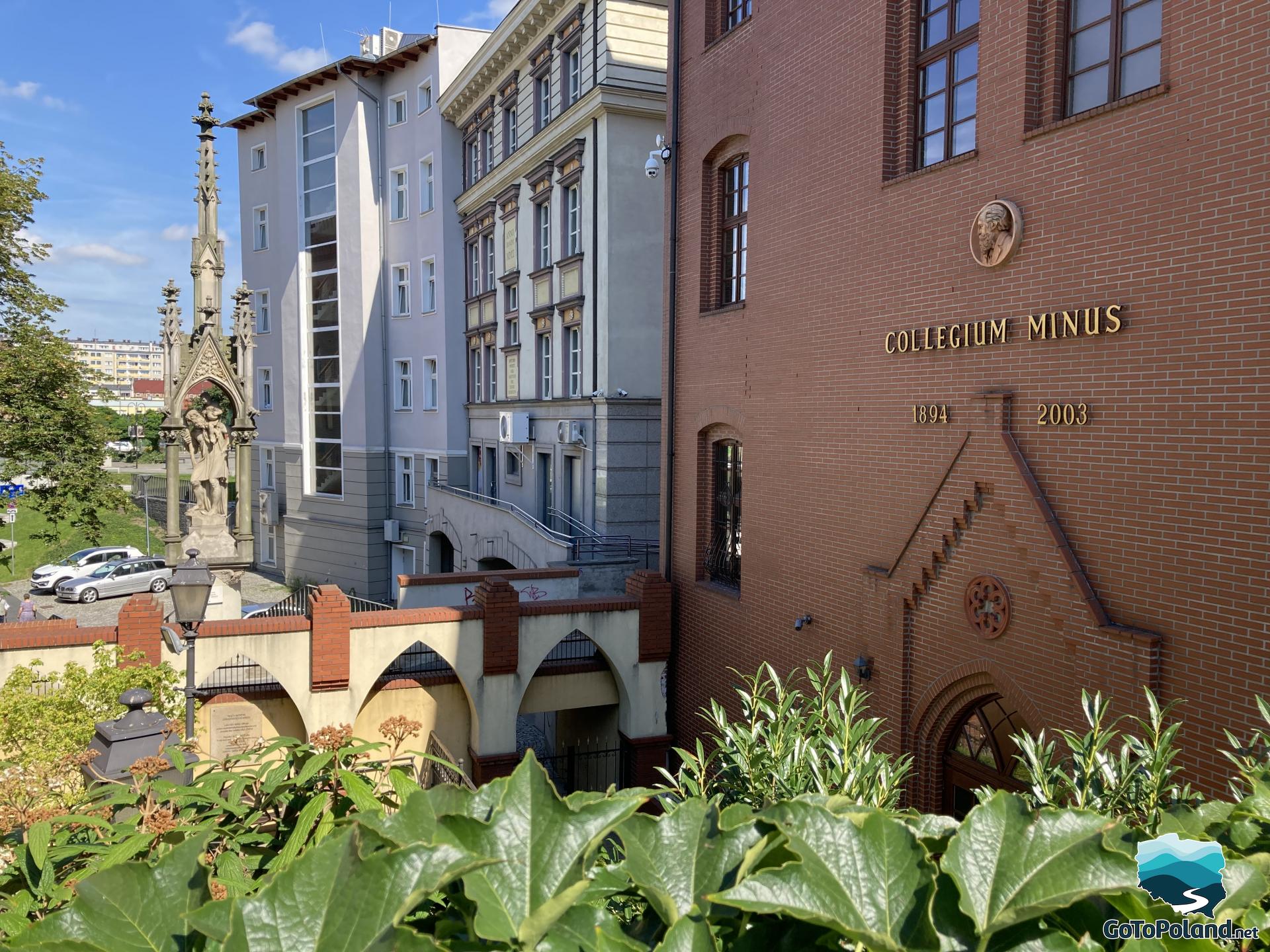
This figure of Saint Christopher was made in 1867 by Carl Kern from Kluczbork. The figure stands inside a shrine supported by the heads of angels.
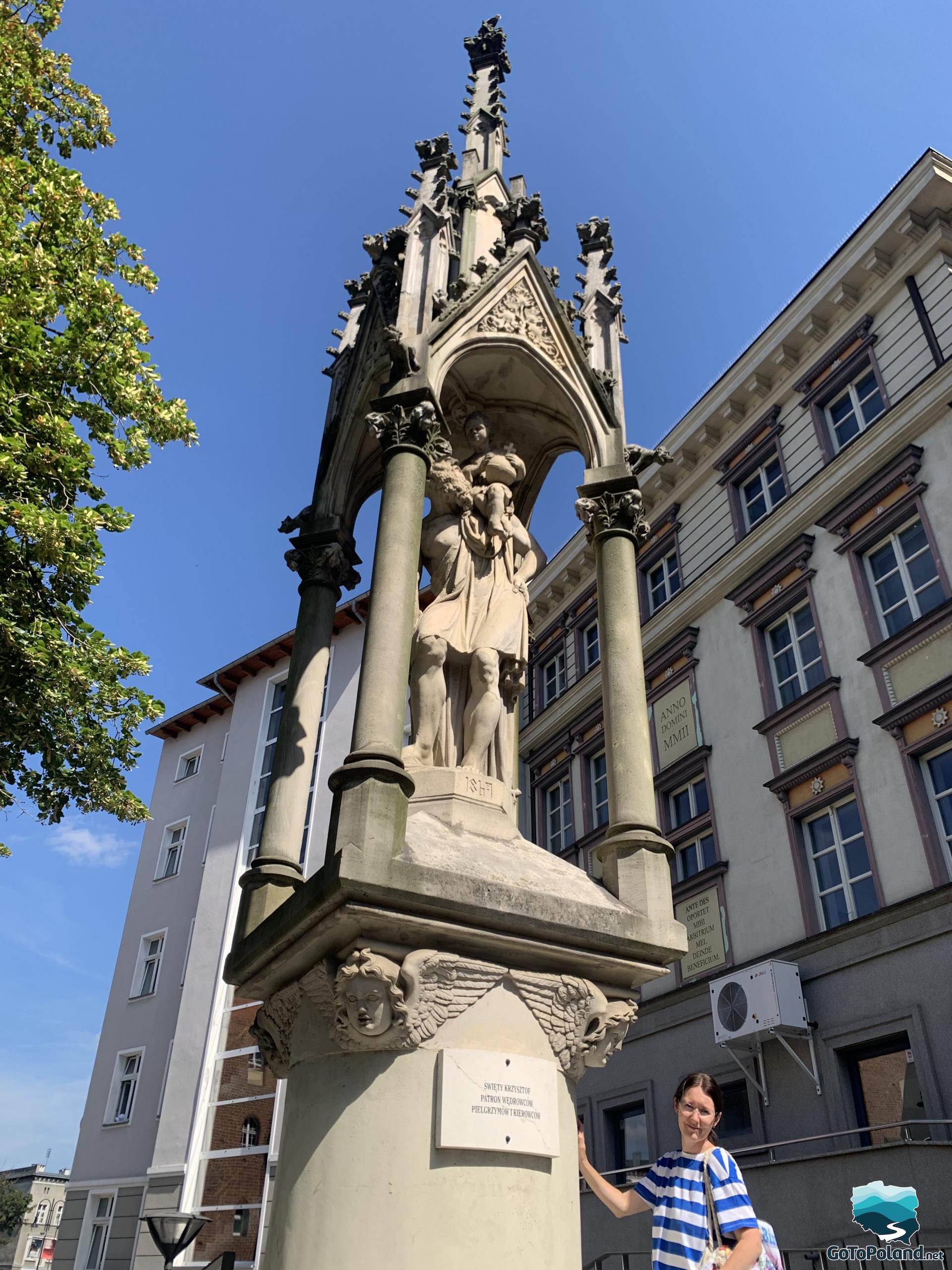
The Upper Castle in Opole probably dates back to the 14th century. It was located within the defensive walls of medieval Opole, and its only remnant today is the Gothic castle tower. The entrance to it was on a bridge over the moat at the foot of the tower. After revitalization, the Upper Castle was made available to visitors.
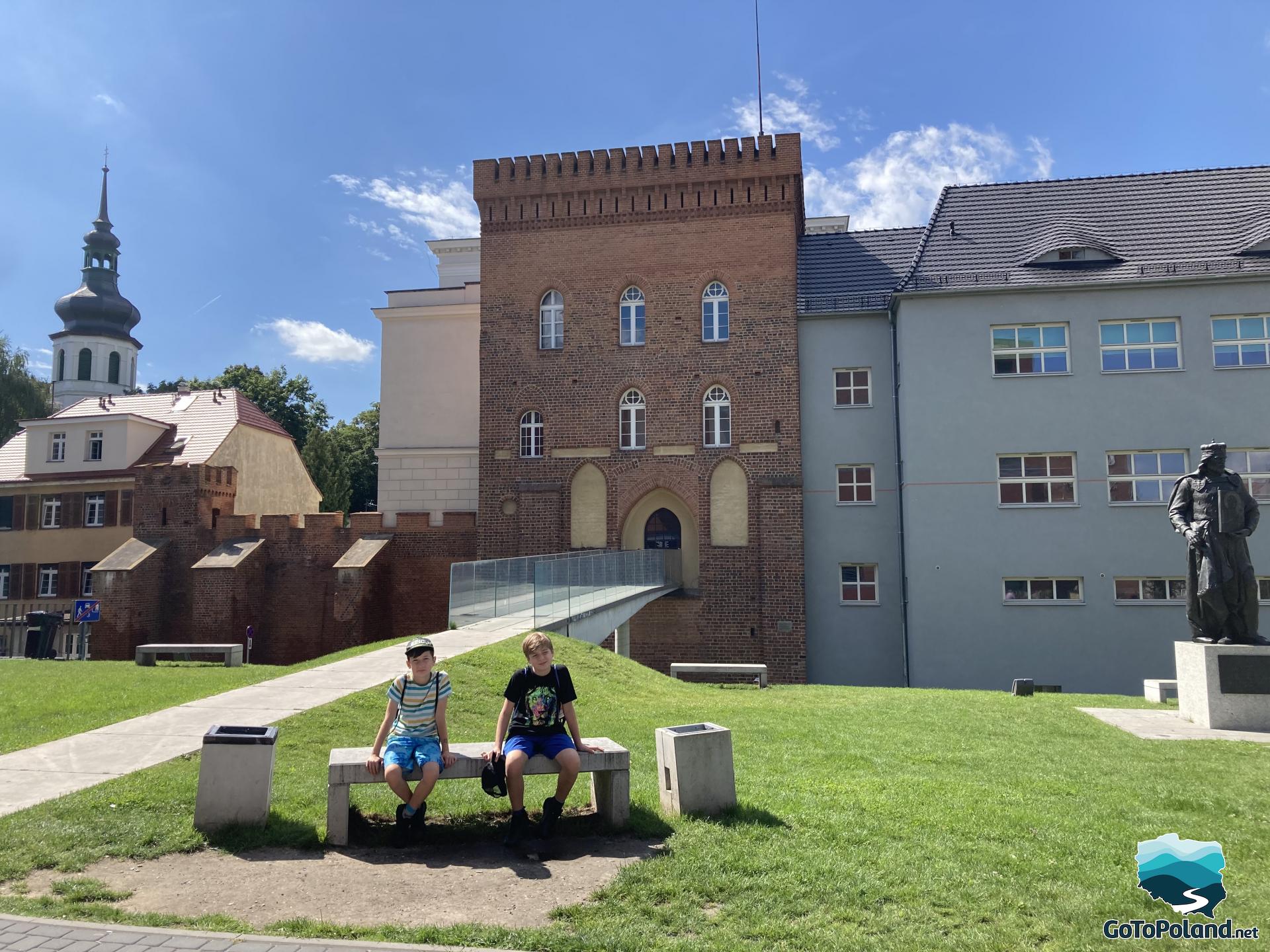
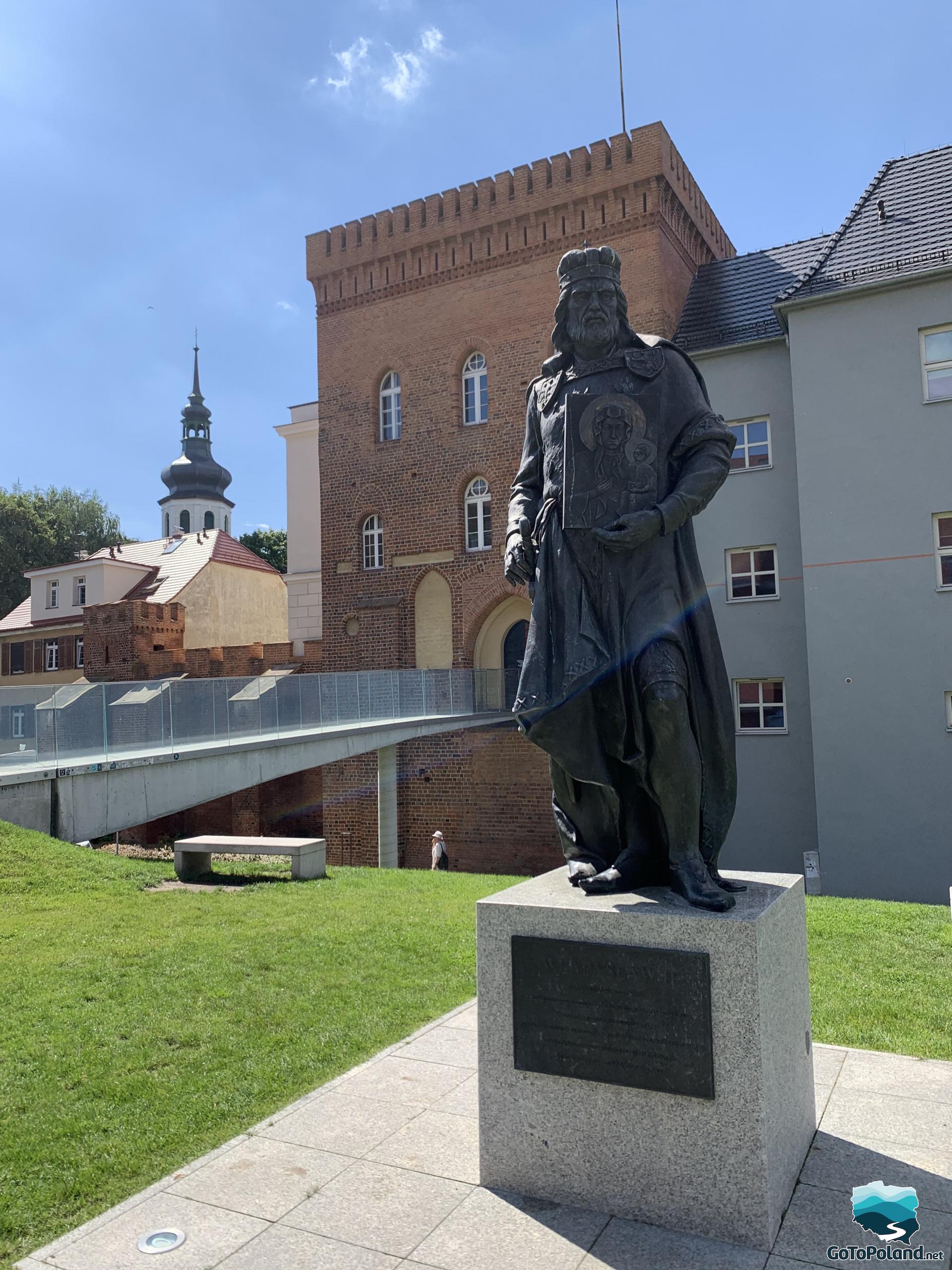
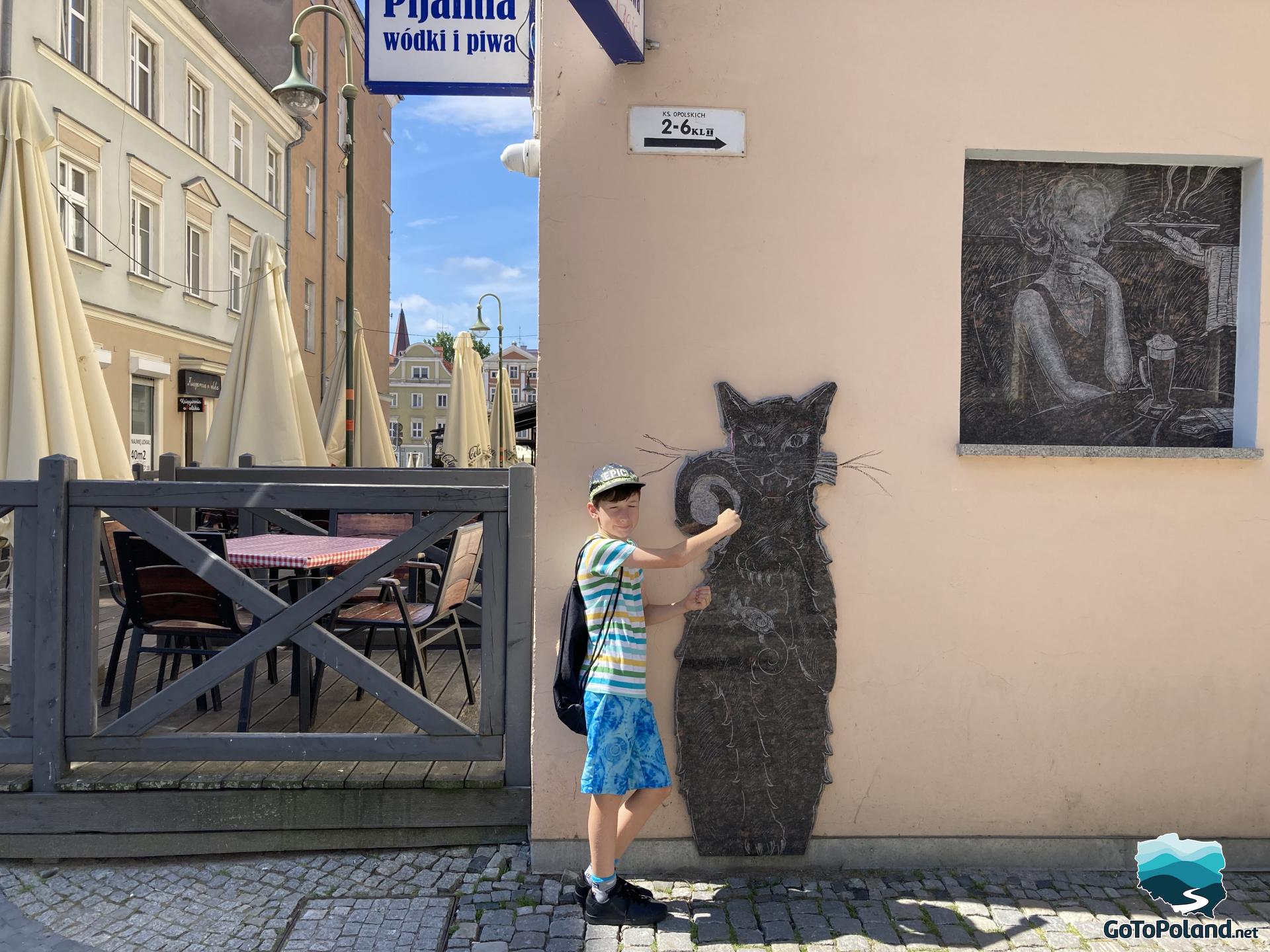
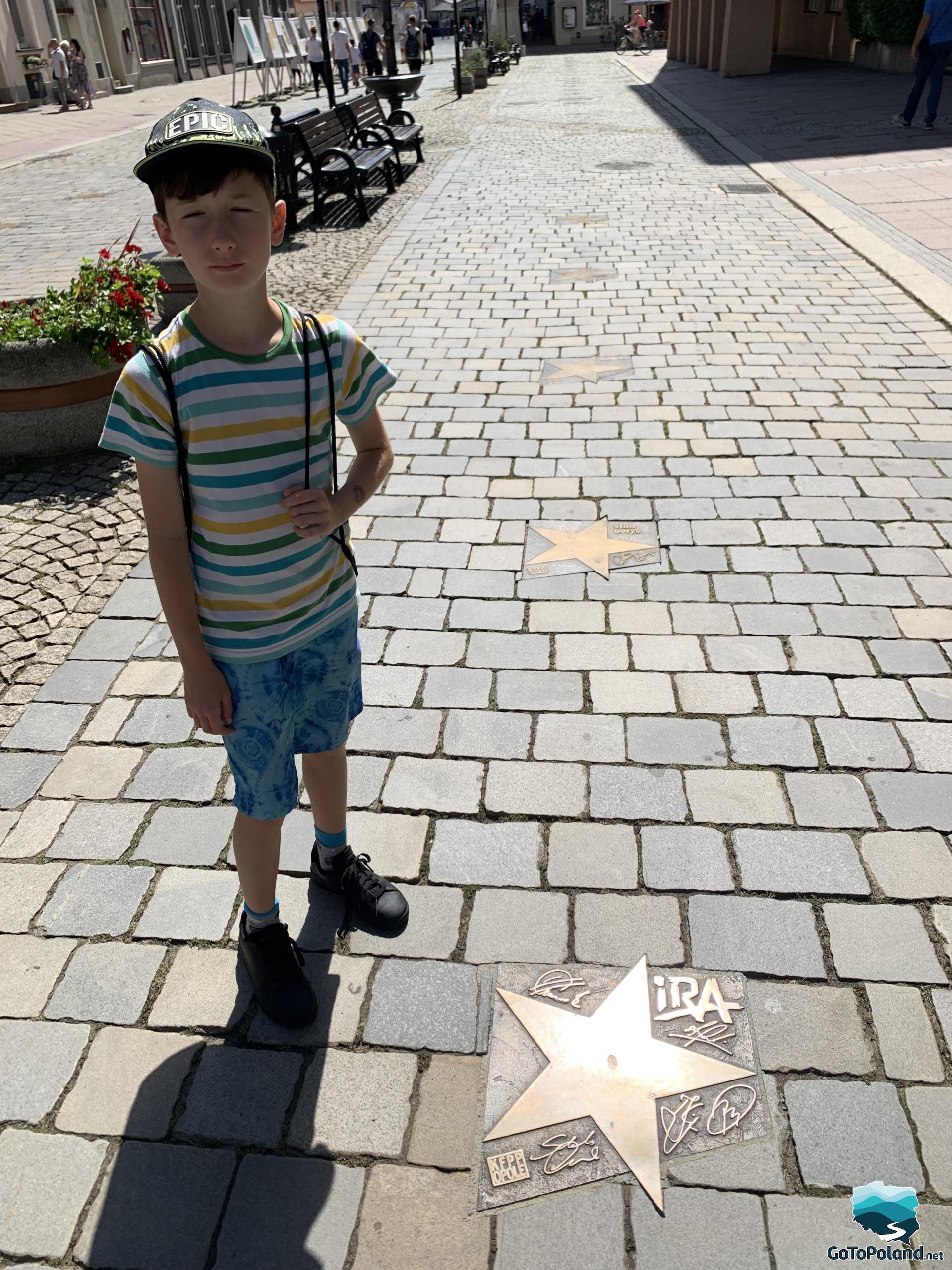
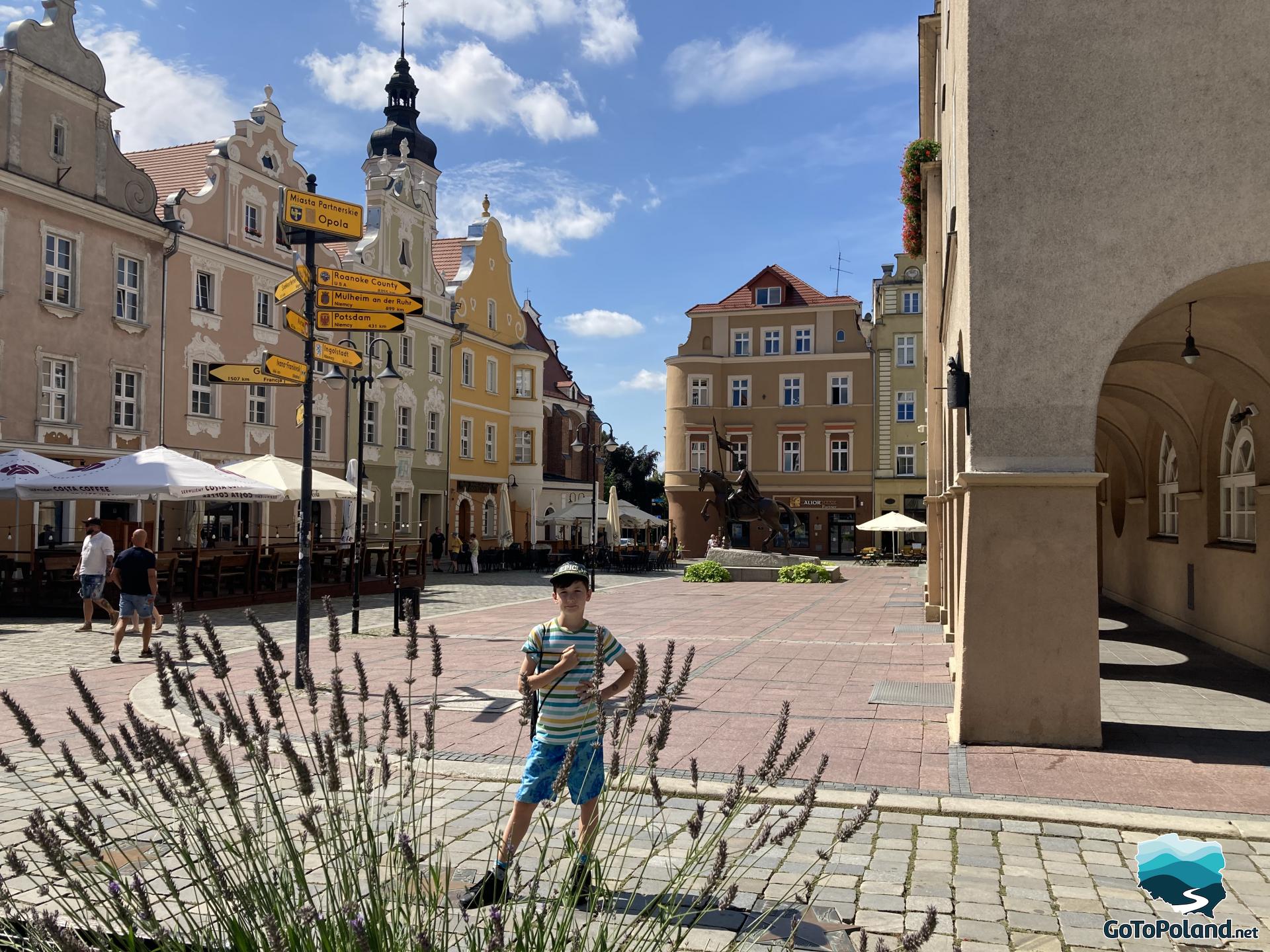




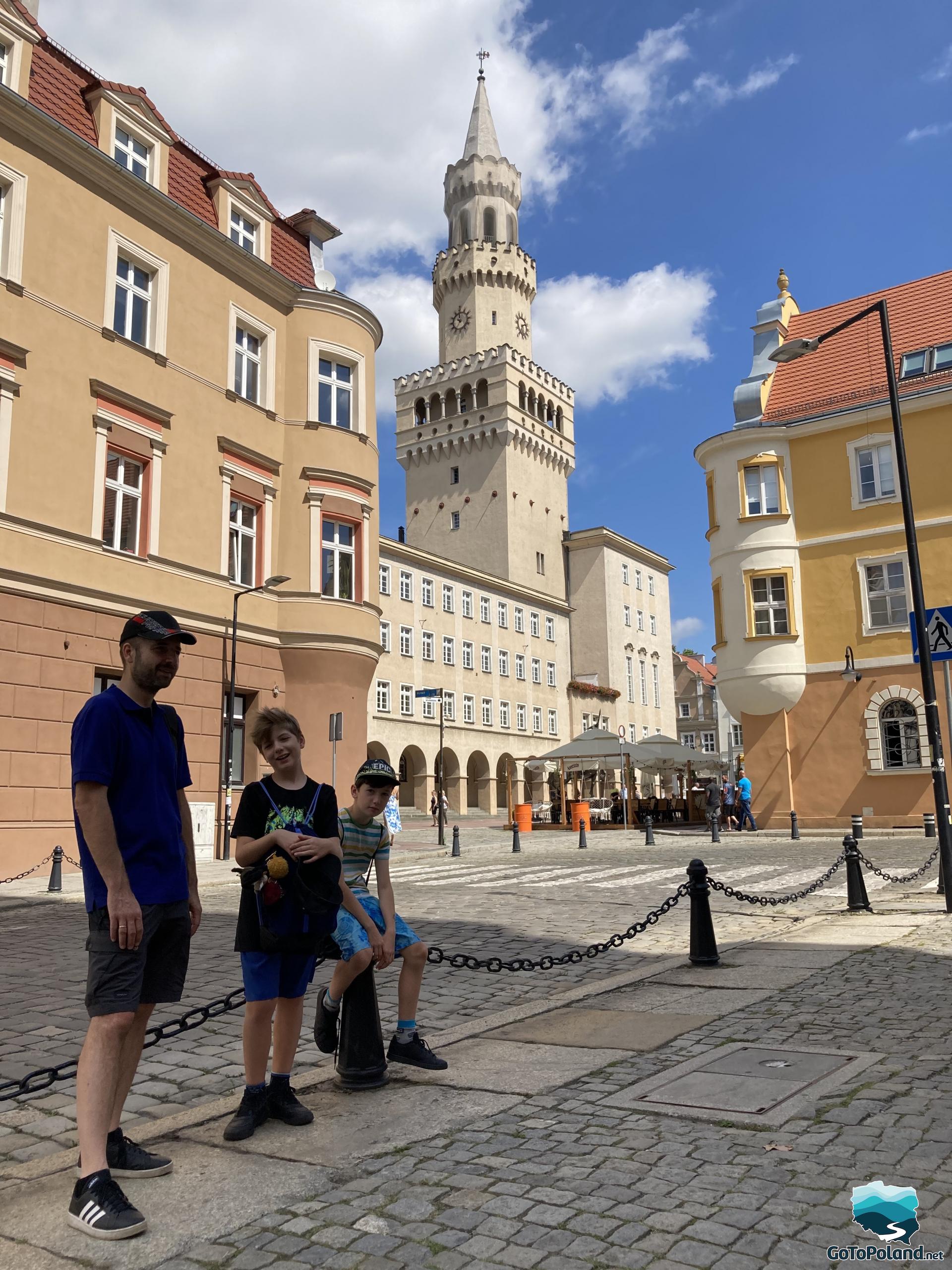
Gothic church of The Holy Trinity Church, also known as the Franciscan Church, was built in the 14th century. To be honest, it was one of the few churches that impressed me so much. The Franciscan Church is one of the most valuable monuments of Opole. There are the remains of the Opole Piasts: Bolesław I, Bolesław II and Bolesław III, as well as Princess Anna of Oświęcim. The remaining Opole princes were buried in the basement, including: Władysław II of Opole and Princess Elizabeth, granddaughter of King Władysław the Elbow-high. There is also the oldest preserved early Gothic fresco in Silesia from 1320. It presents the suffering of Jesus, with his Mother and Saint John standing next to him. In the Franciscan church itself, worth seeing are, for example, the chapels of Our Lady of Częstochowa, the Sacred Heart of Jesus or the chapel of St. Jadwiga.
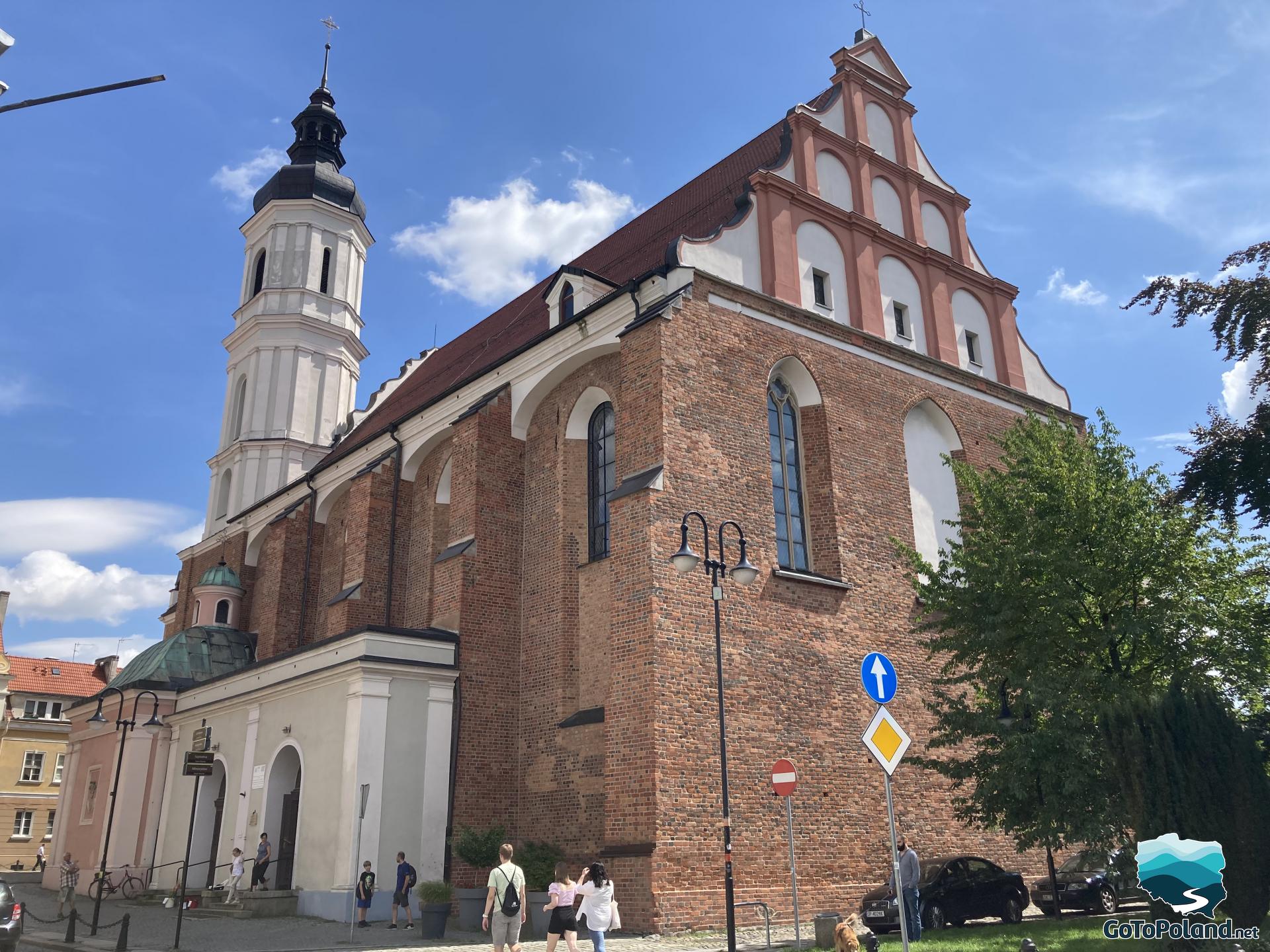
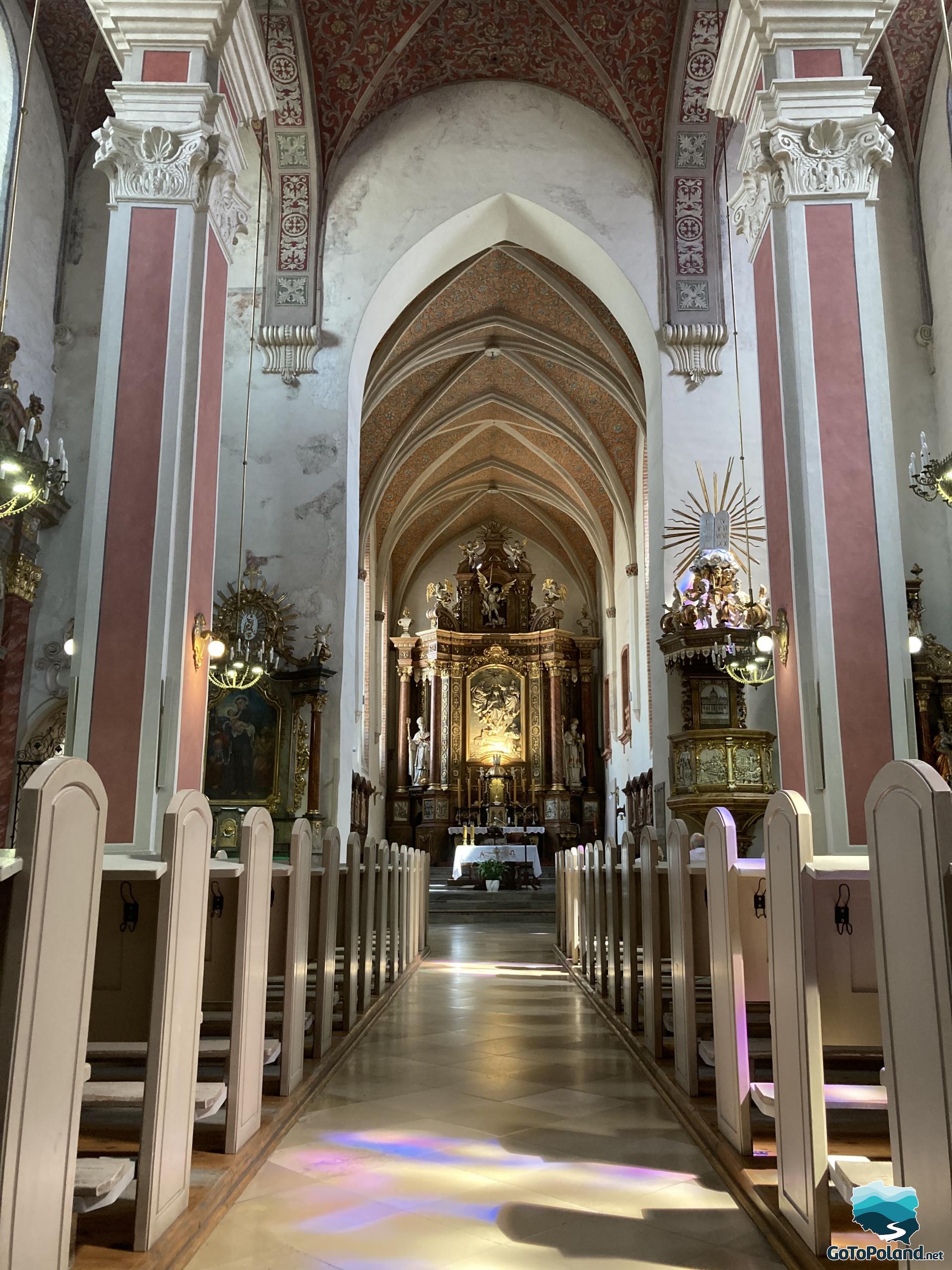
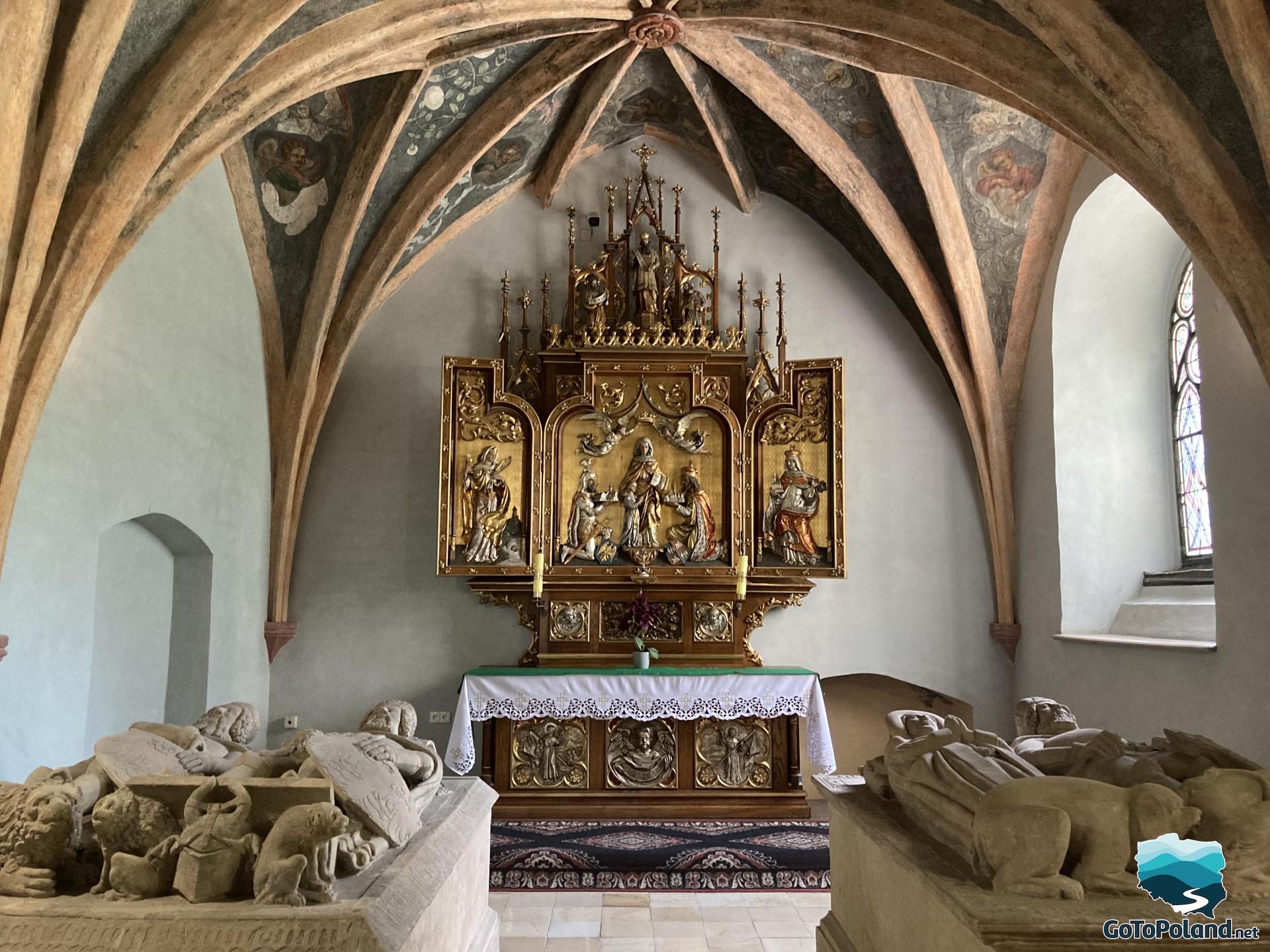
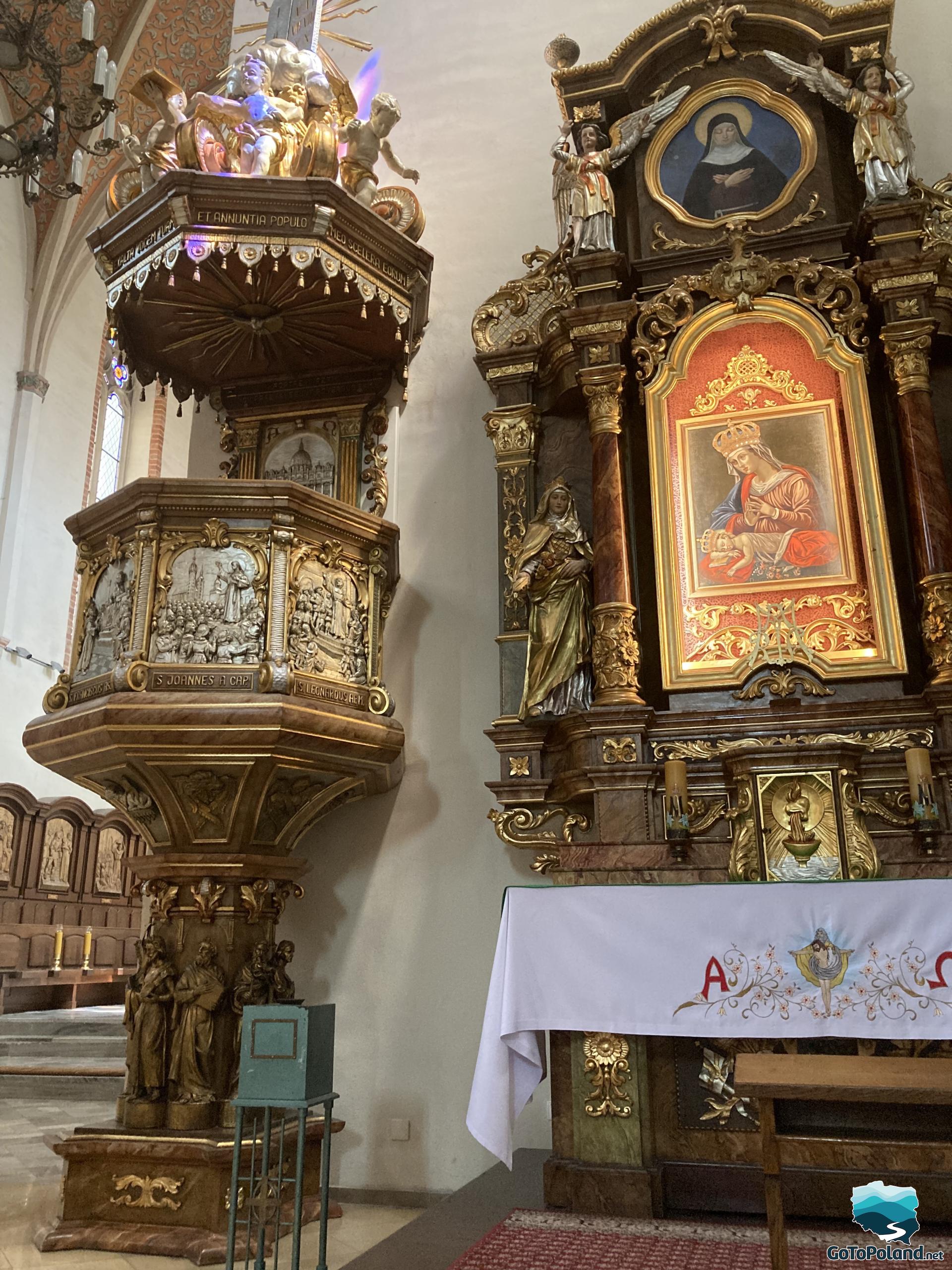
 |  |
Unfortunately, we were unable to enter the Cathedral of the Holy Cross in Opole because it is under renovation
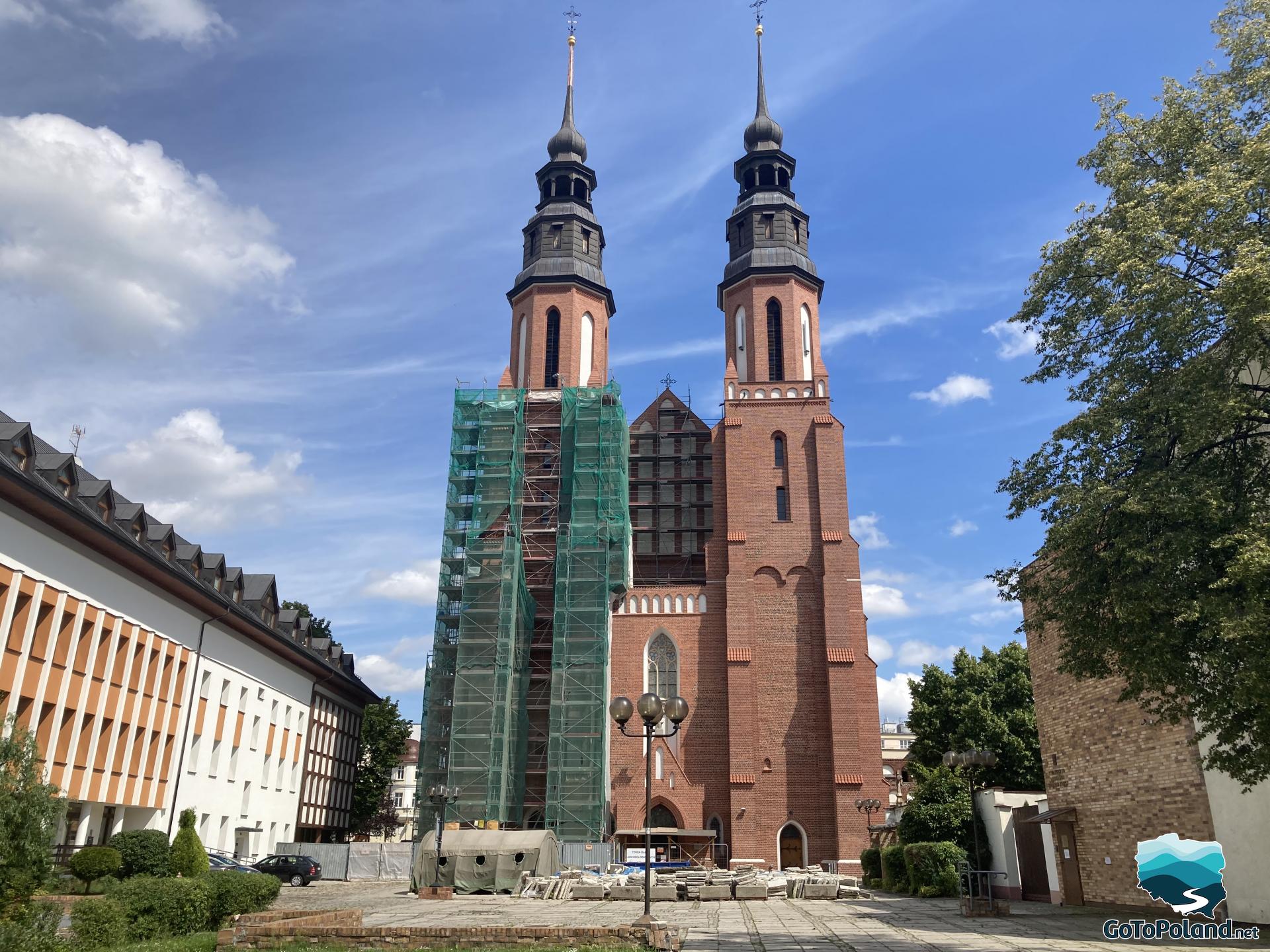
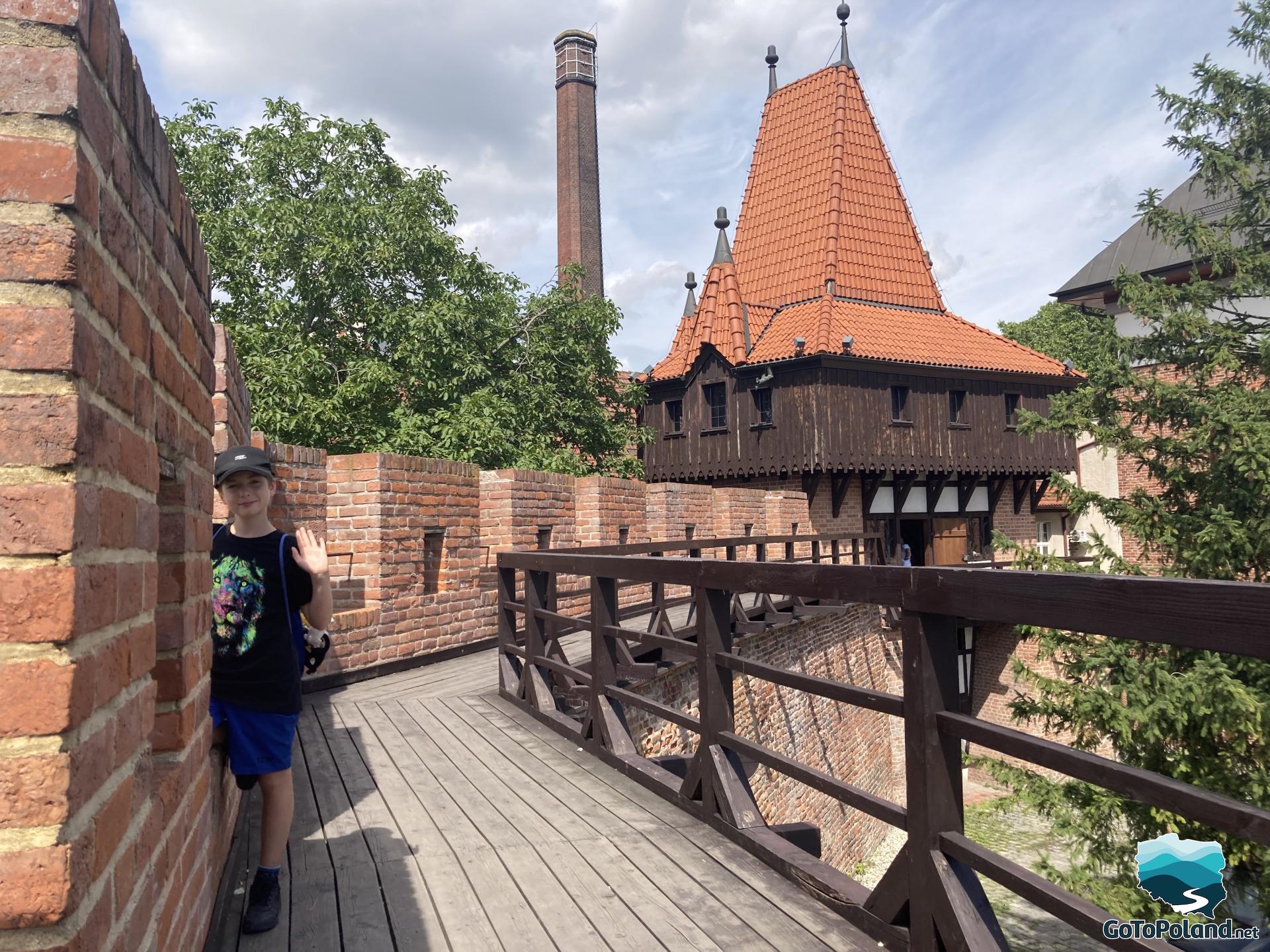
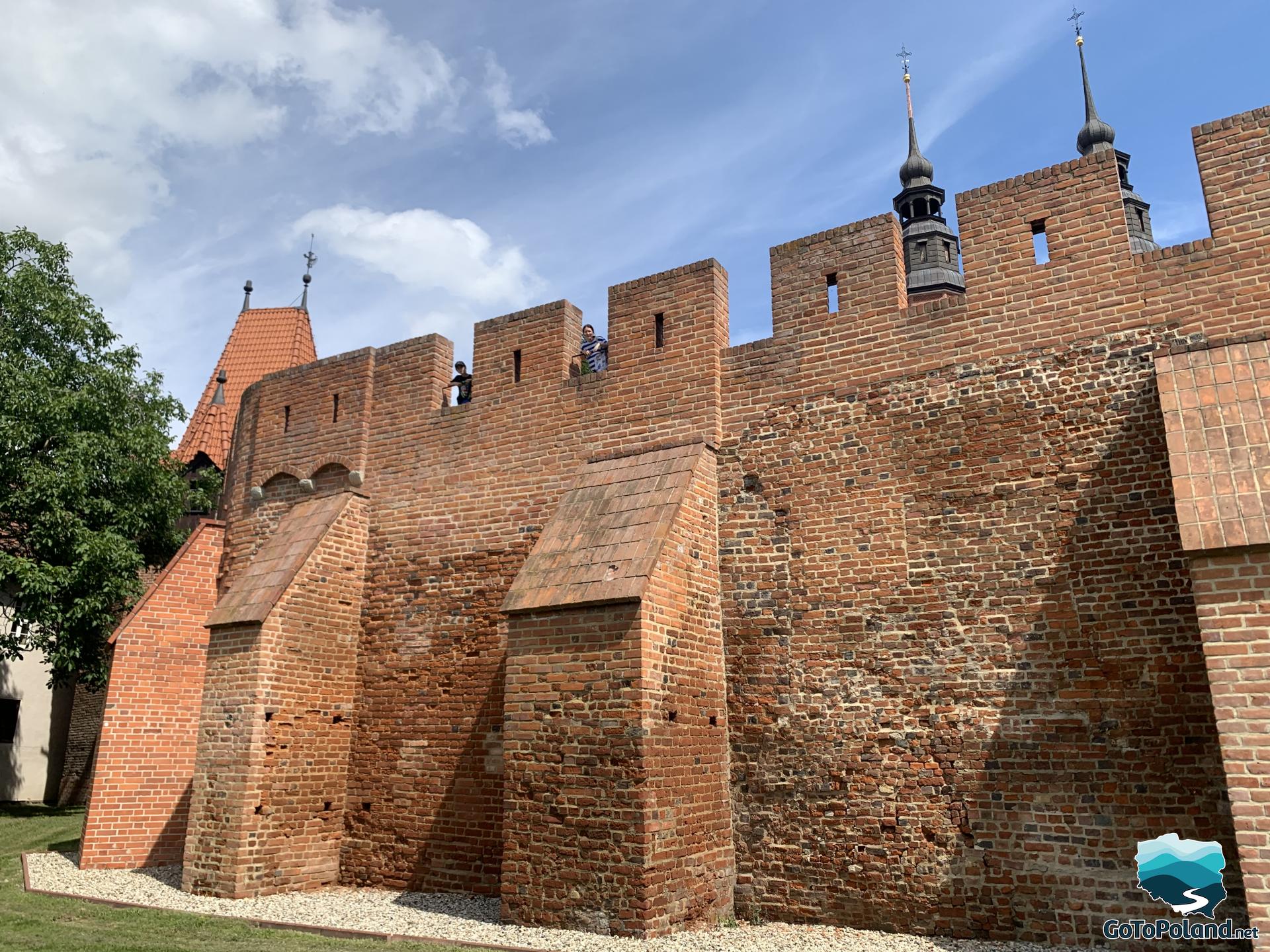
The famous Opole amphitheater and the Piast Tower in the background.
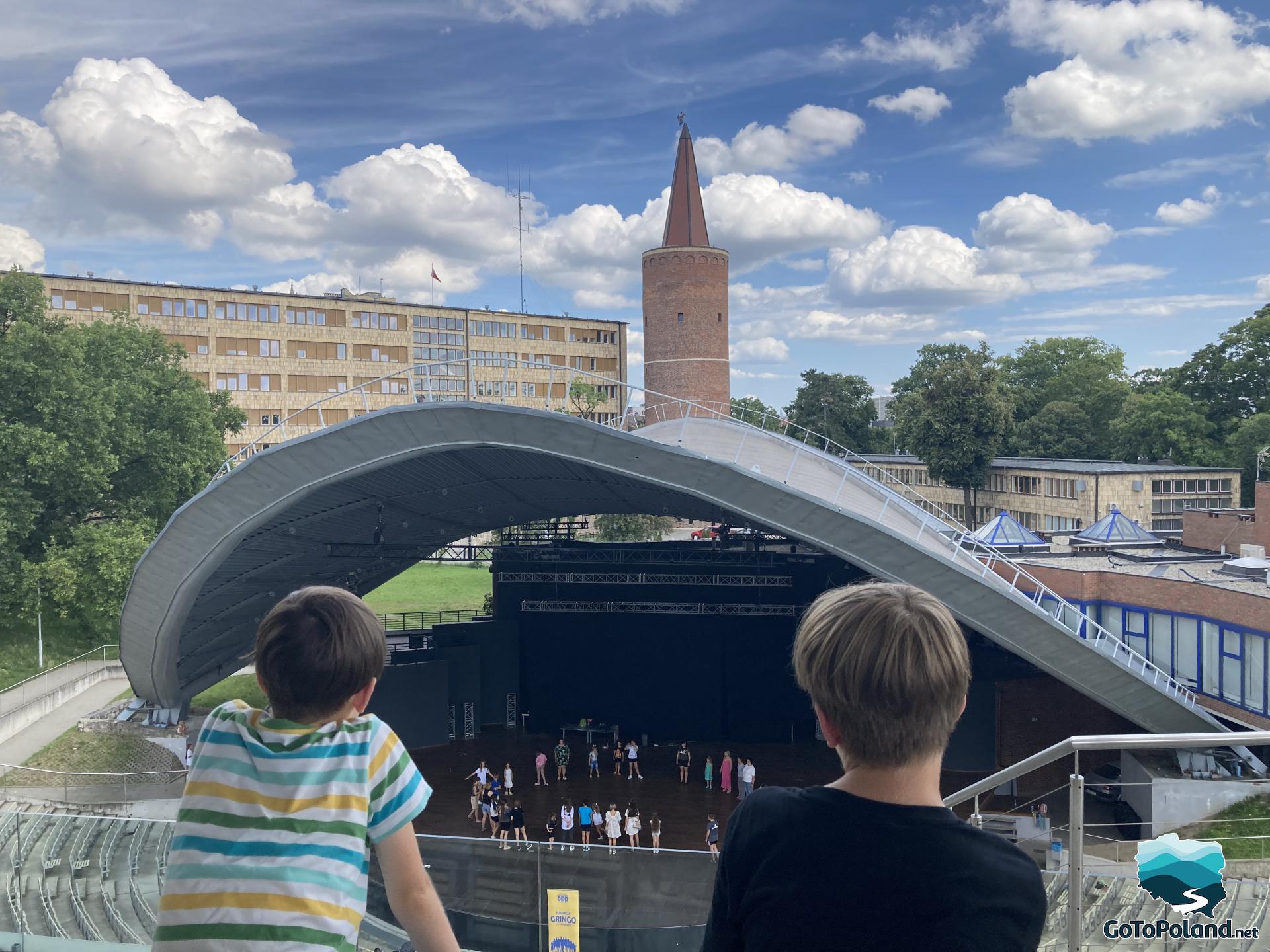

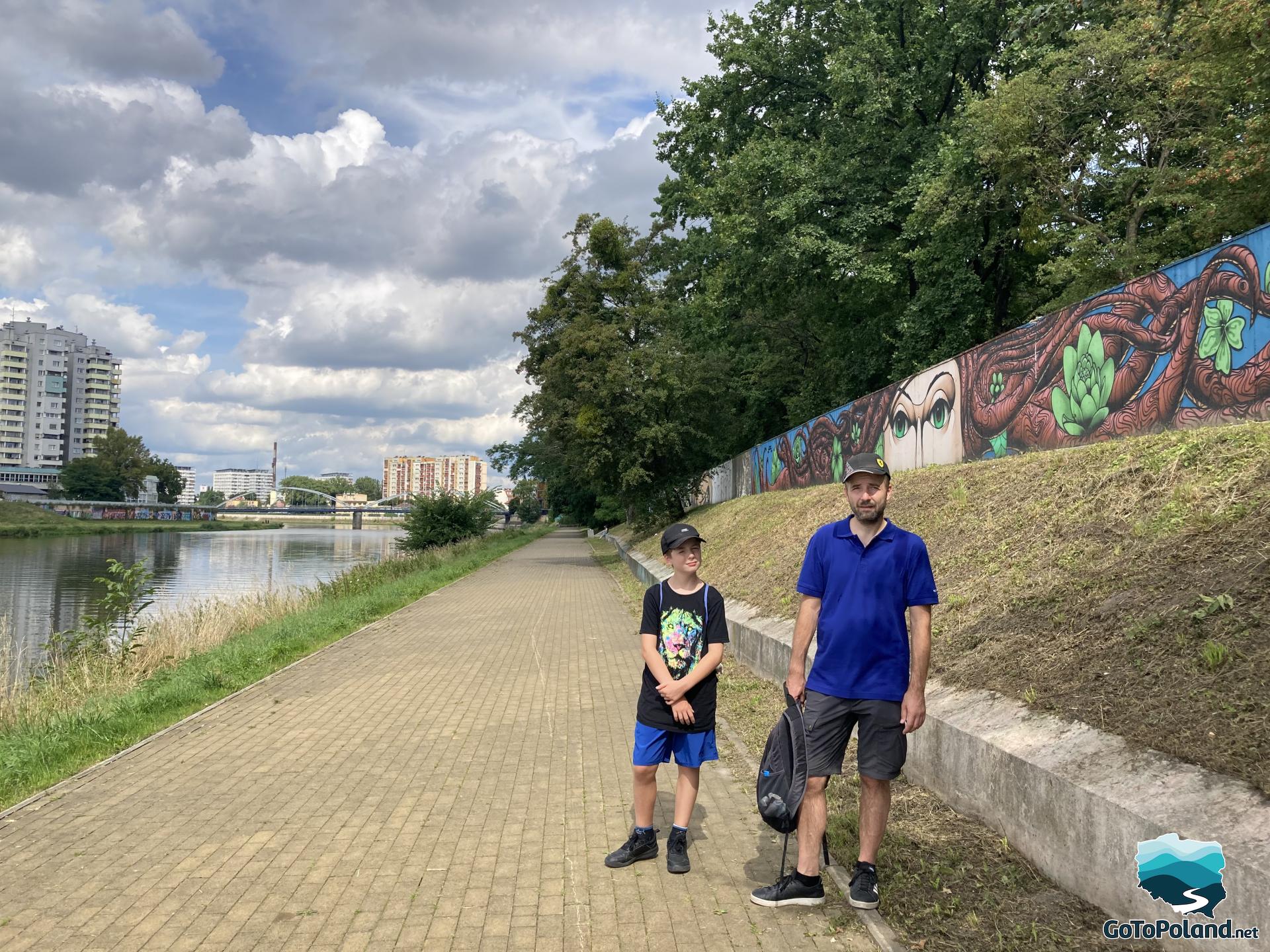
The Brick Piast Tower is one of the oldest monuments in Opole. It was part of the no longer existing Piast Castle. The interior of the tower served as a watchtower, an apartment, and in the lower floors - a starvation dungeon. The total height of the tower is 42 meters.
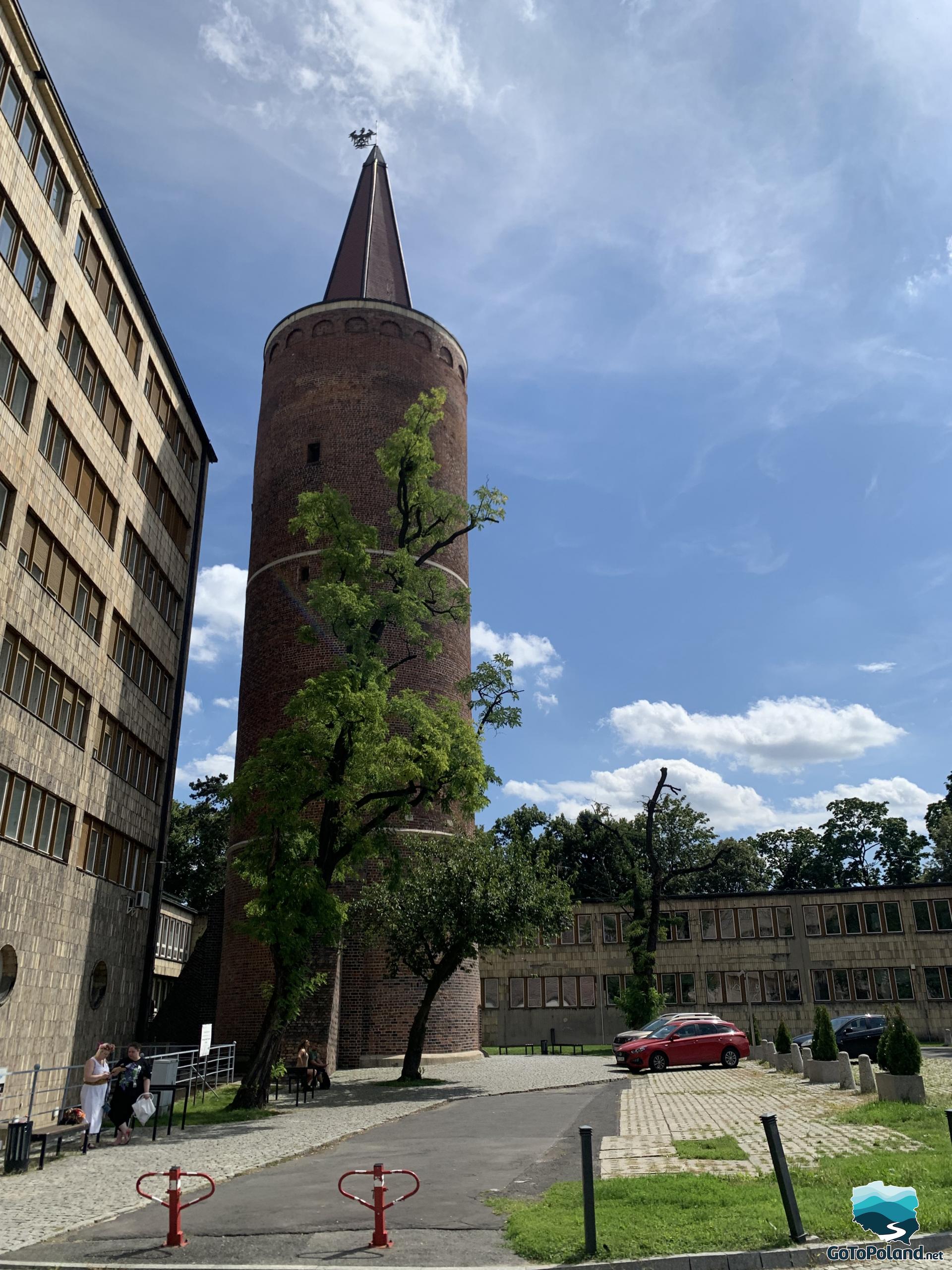
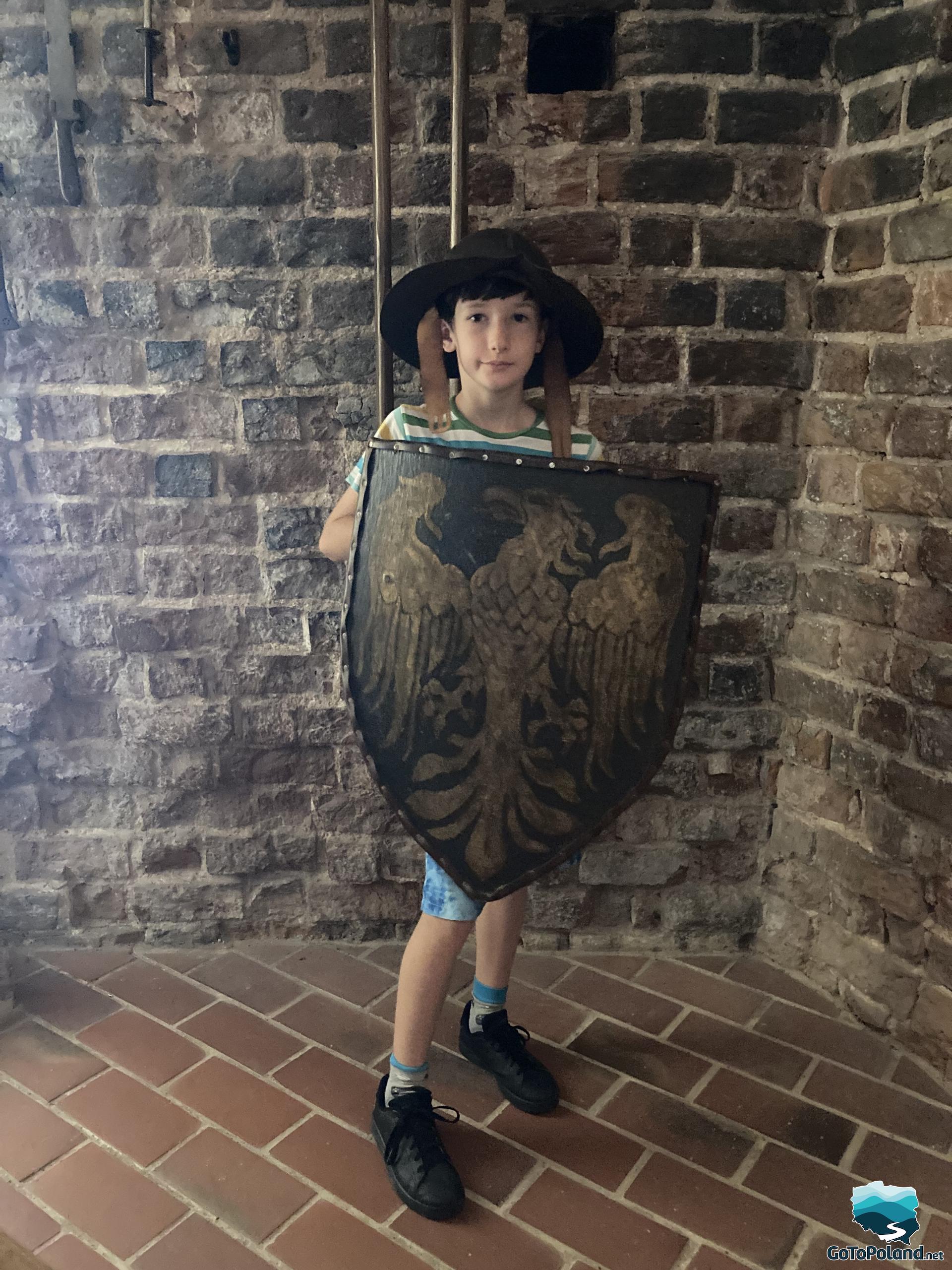
Opole's Venice is located on the Młynówka Canal. This beautiful and charming place attracts many tourists and couples in love. Even, from the Piast Tower, you can see wonderful reflections of tenement houses in the water.

The Groszowy Bridge is one of the most beautiful bridges in Poland that I have ever been to. Its name comes from the crossing fee charged here years ago, which was one penny. Nowadays, many lovers' padlocks hang on it to symbolise their long-lasting love.

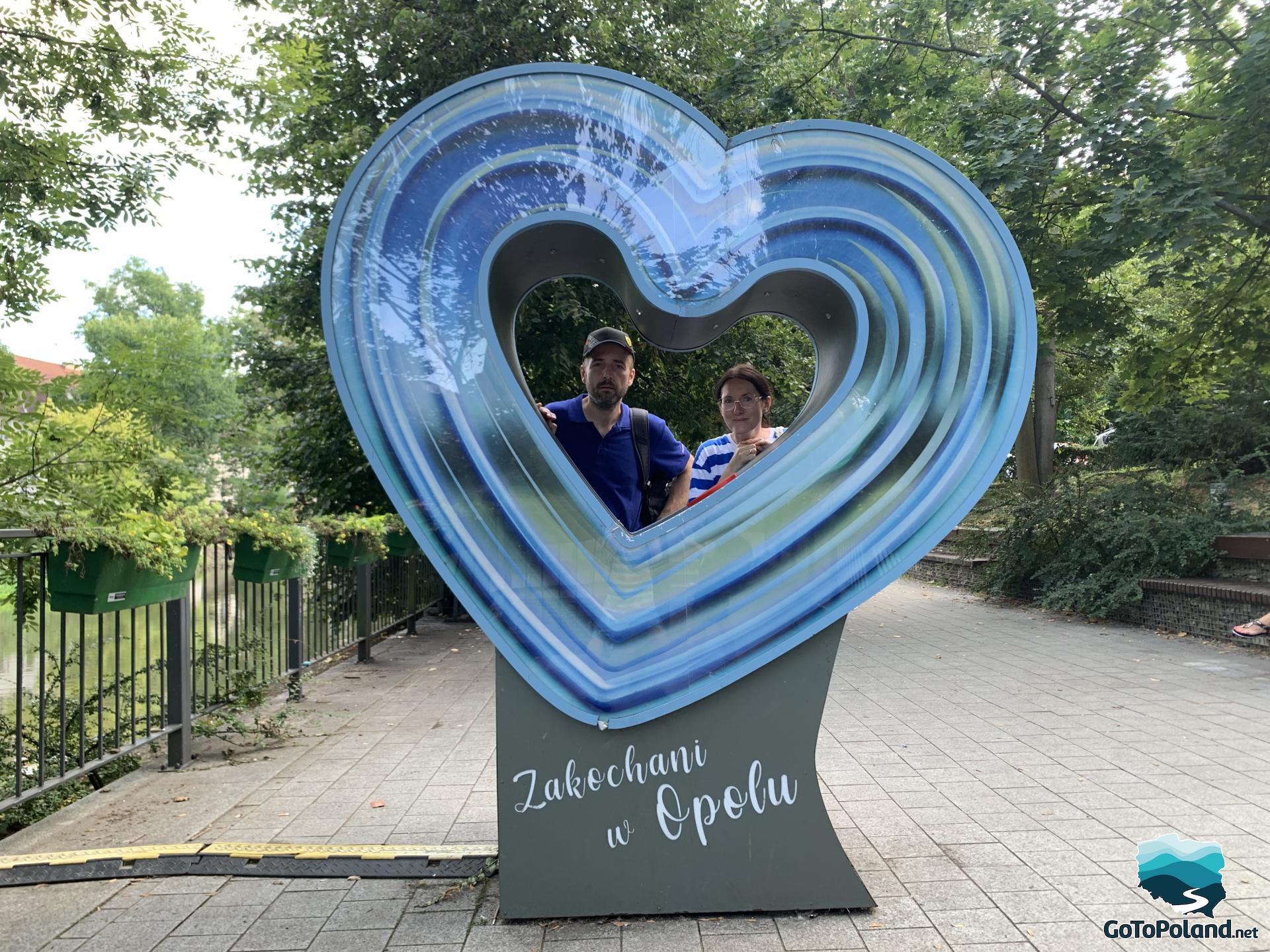
The proposed sightseeing route in Opole on the map looks as follows
How to get to Opole

